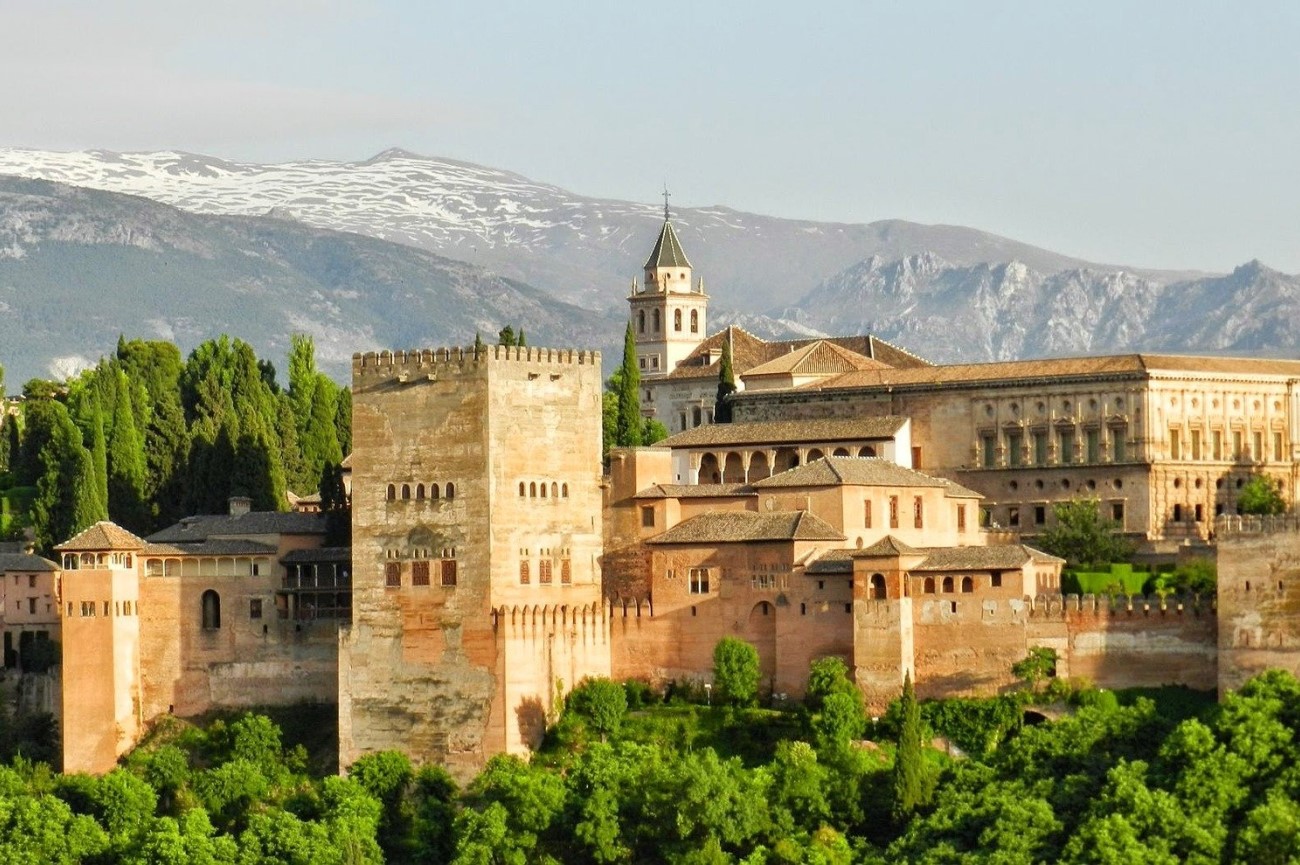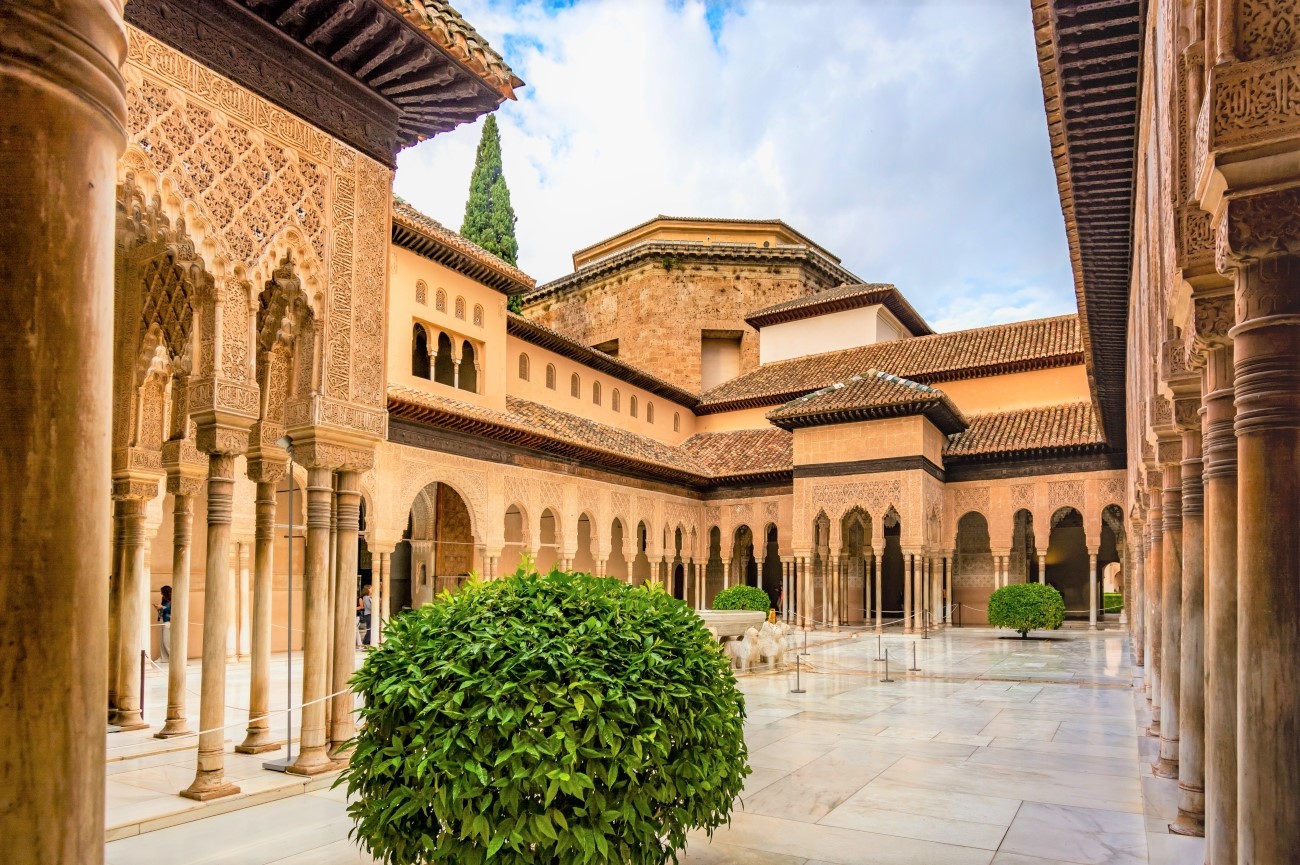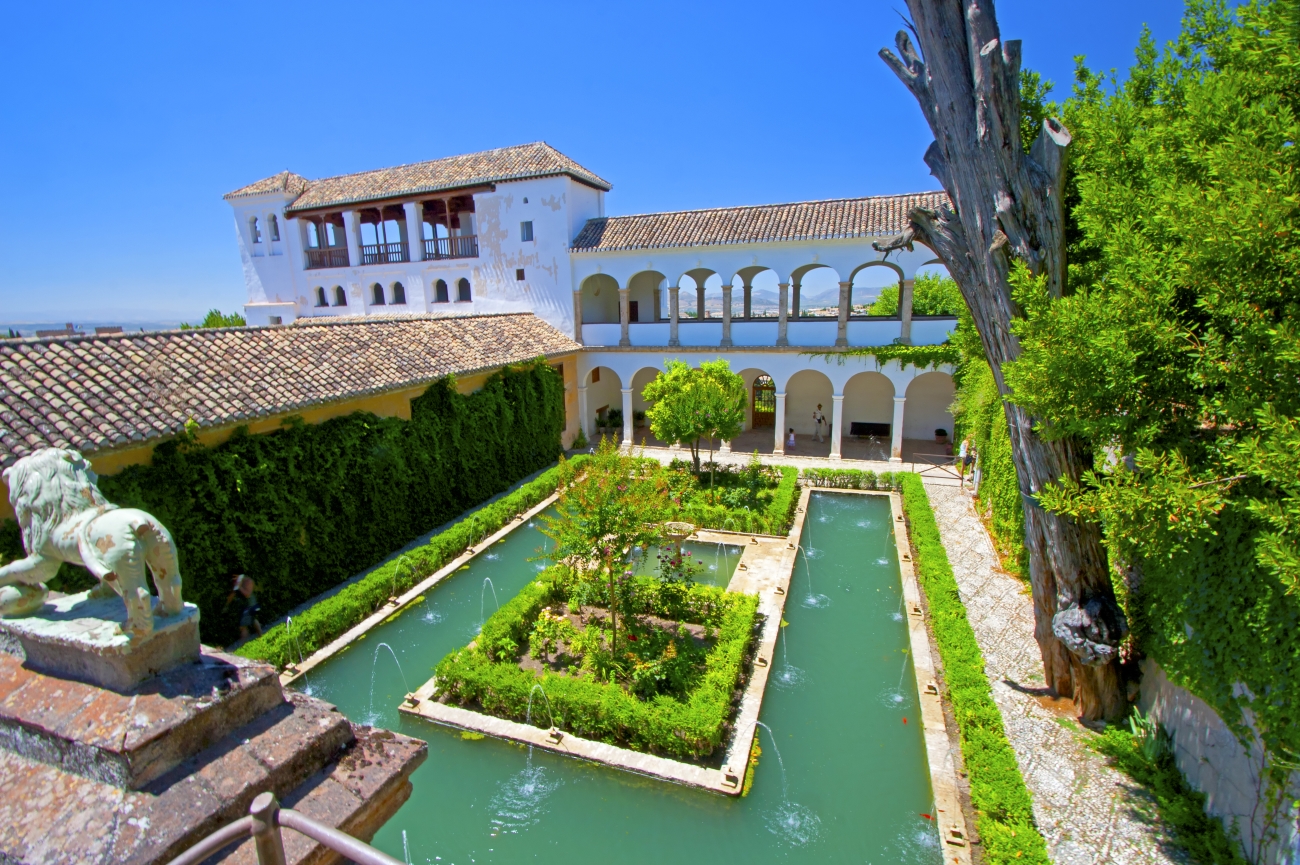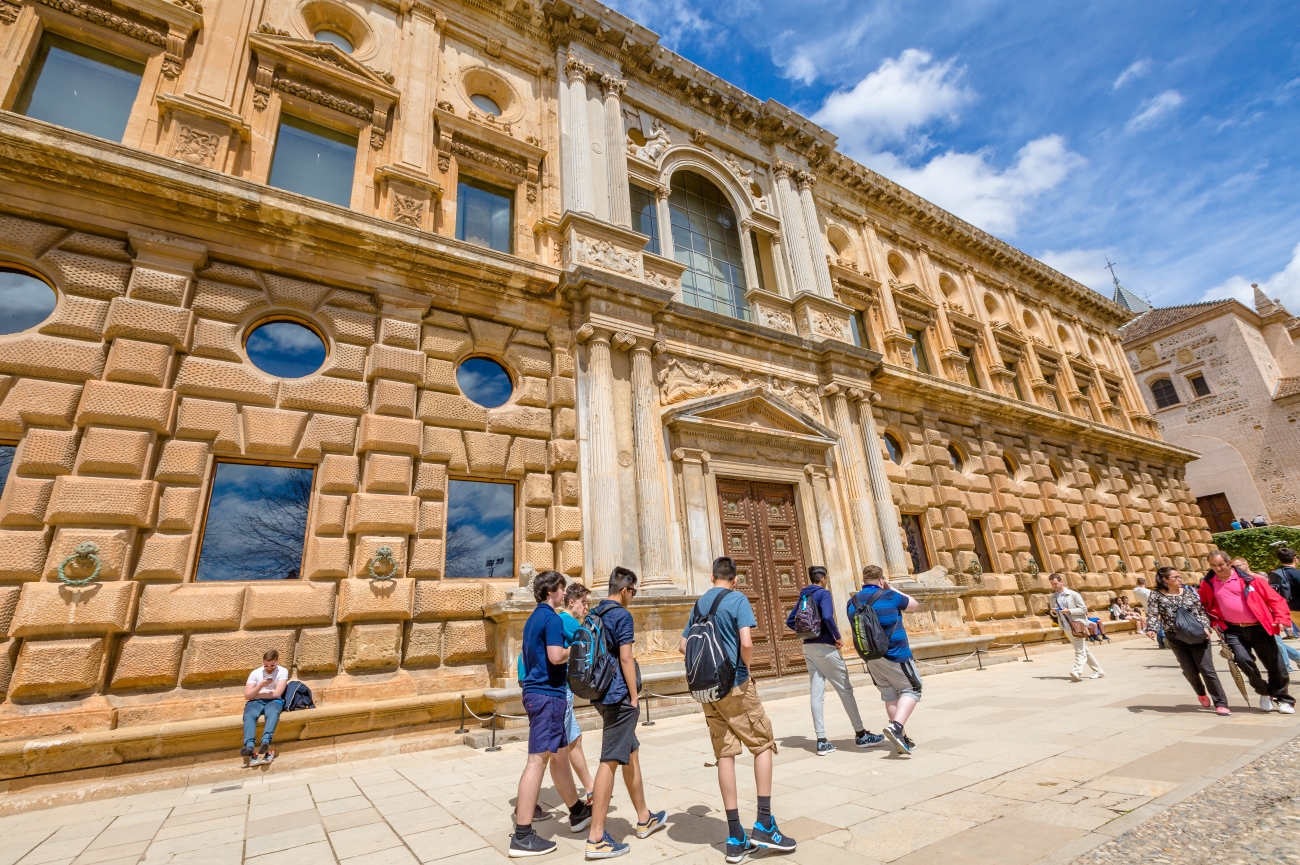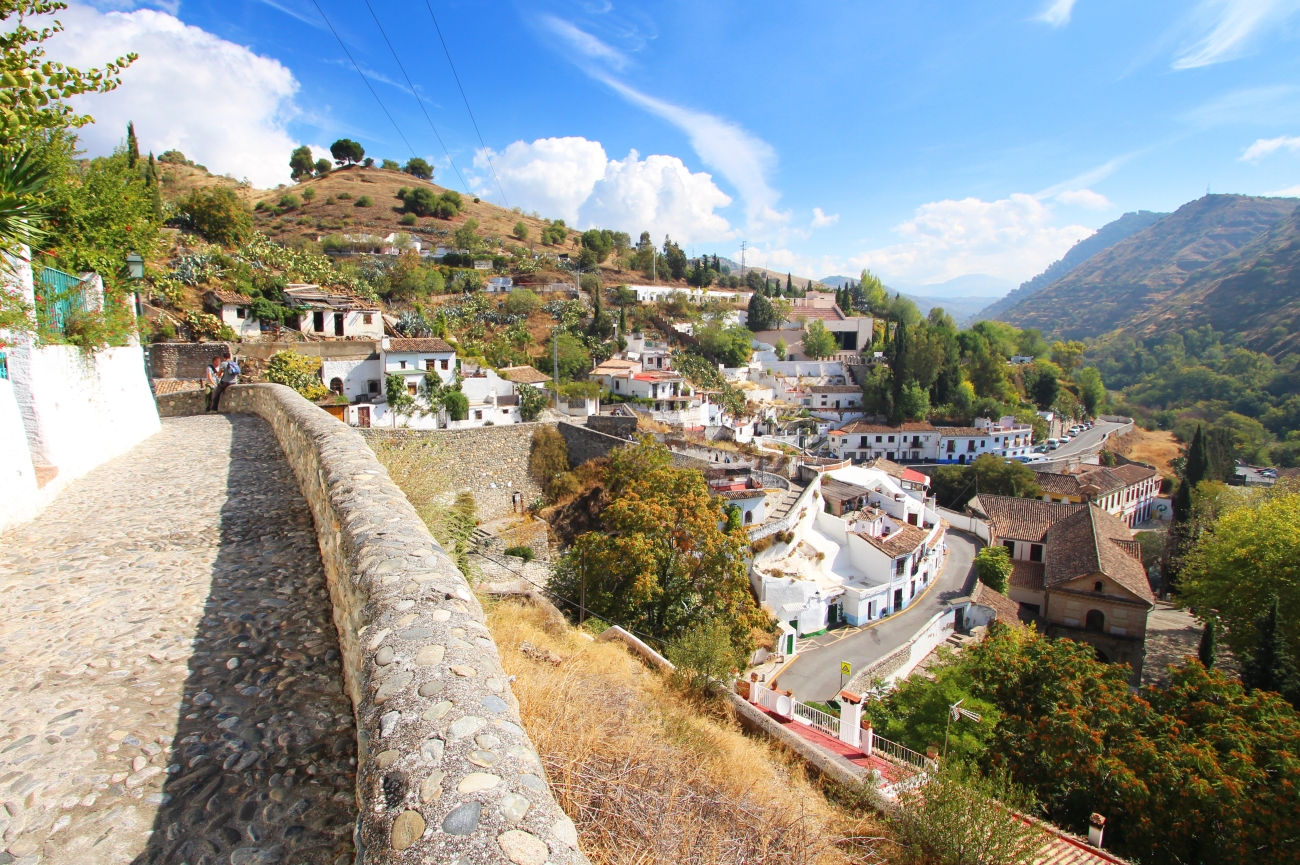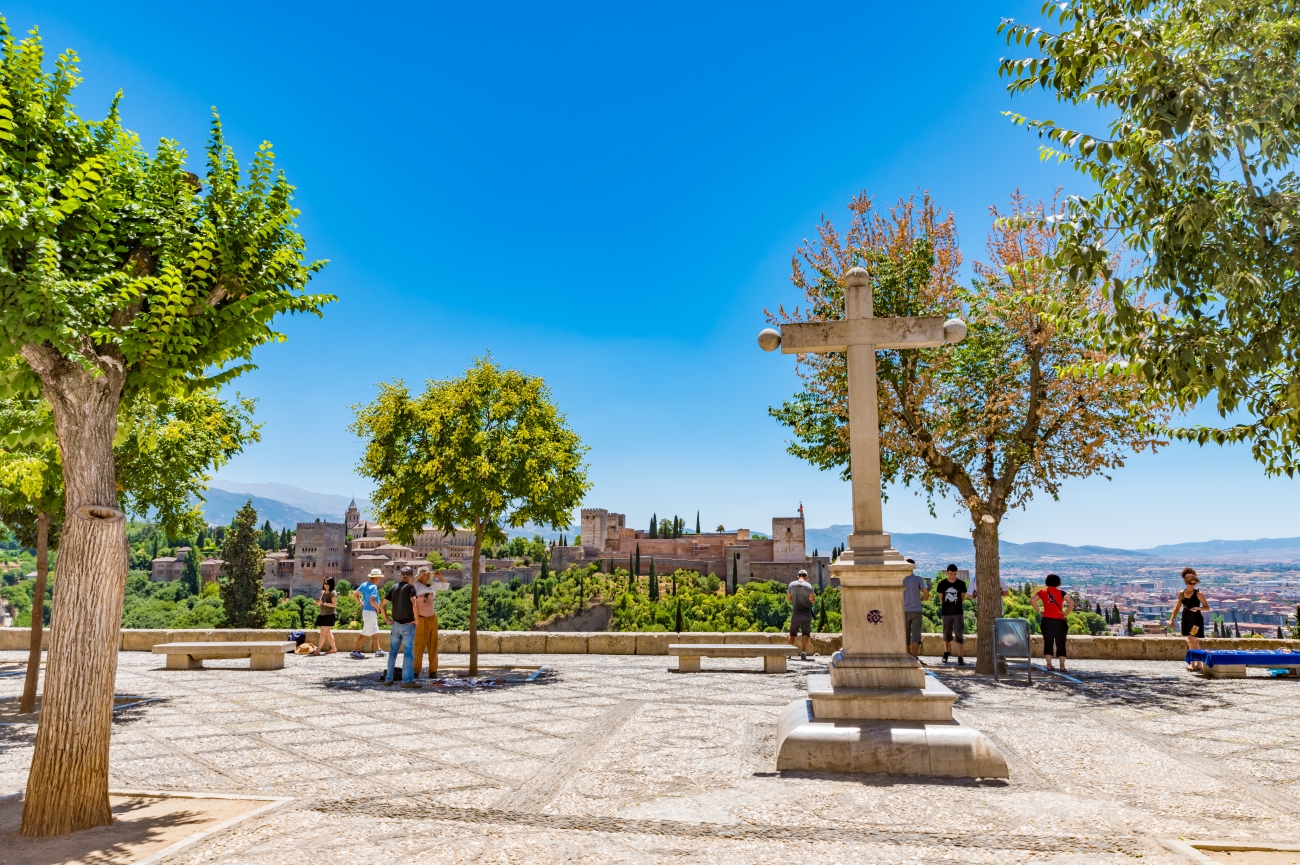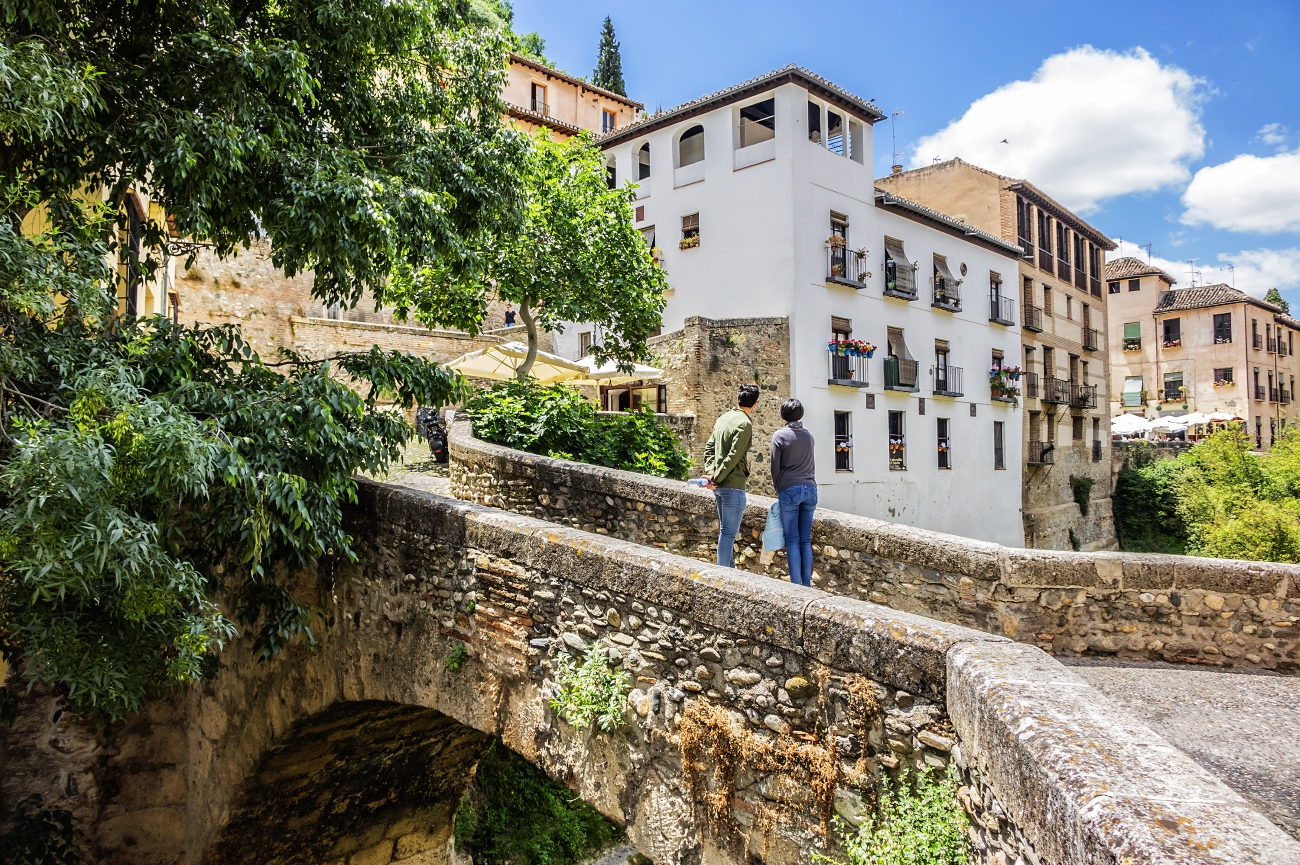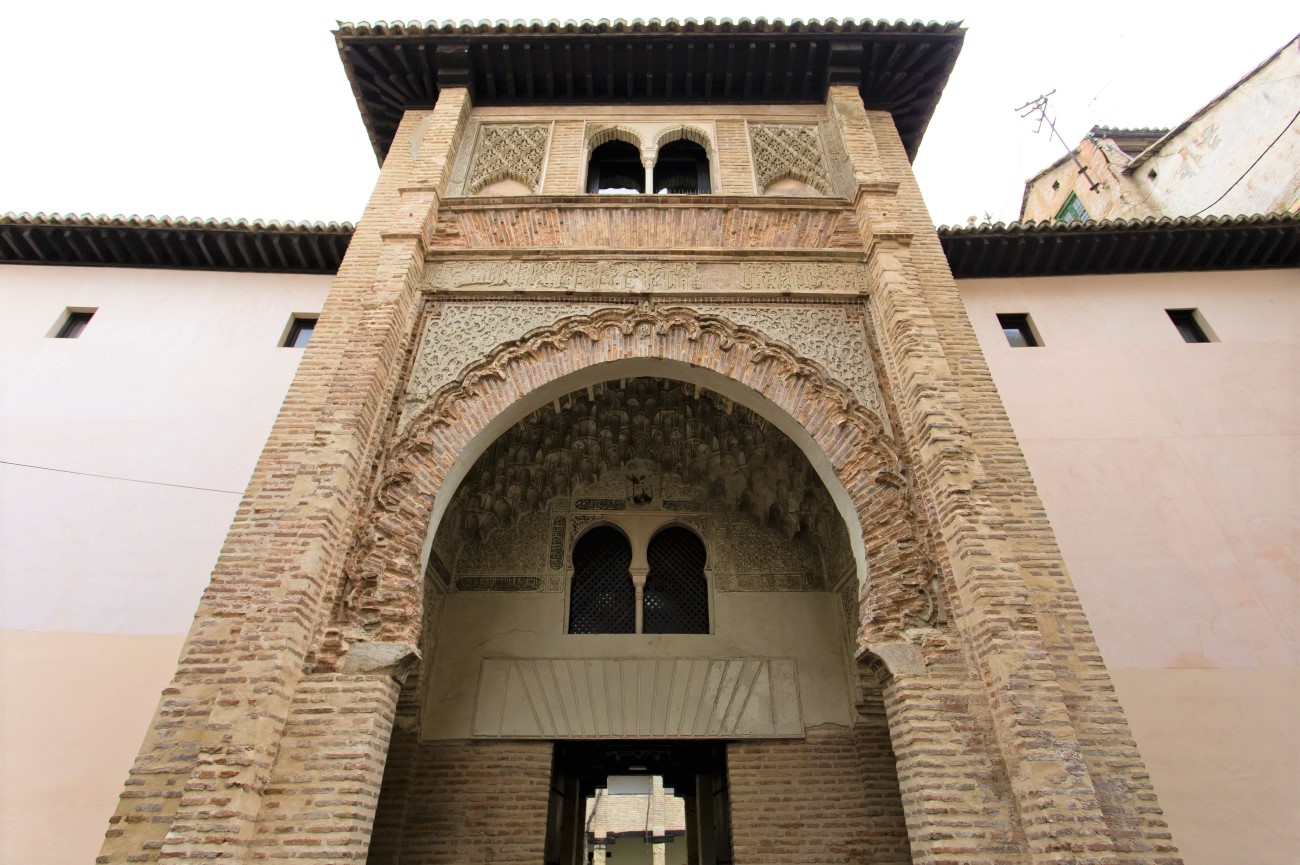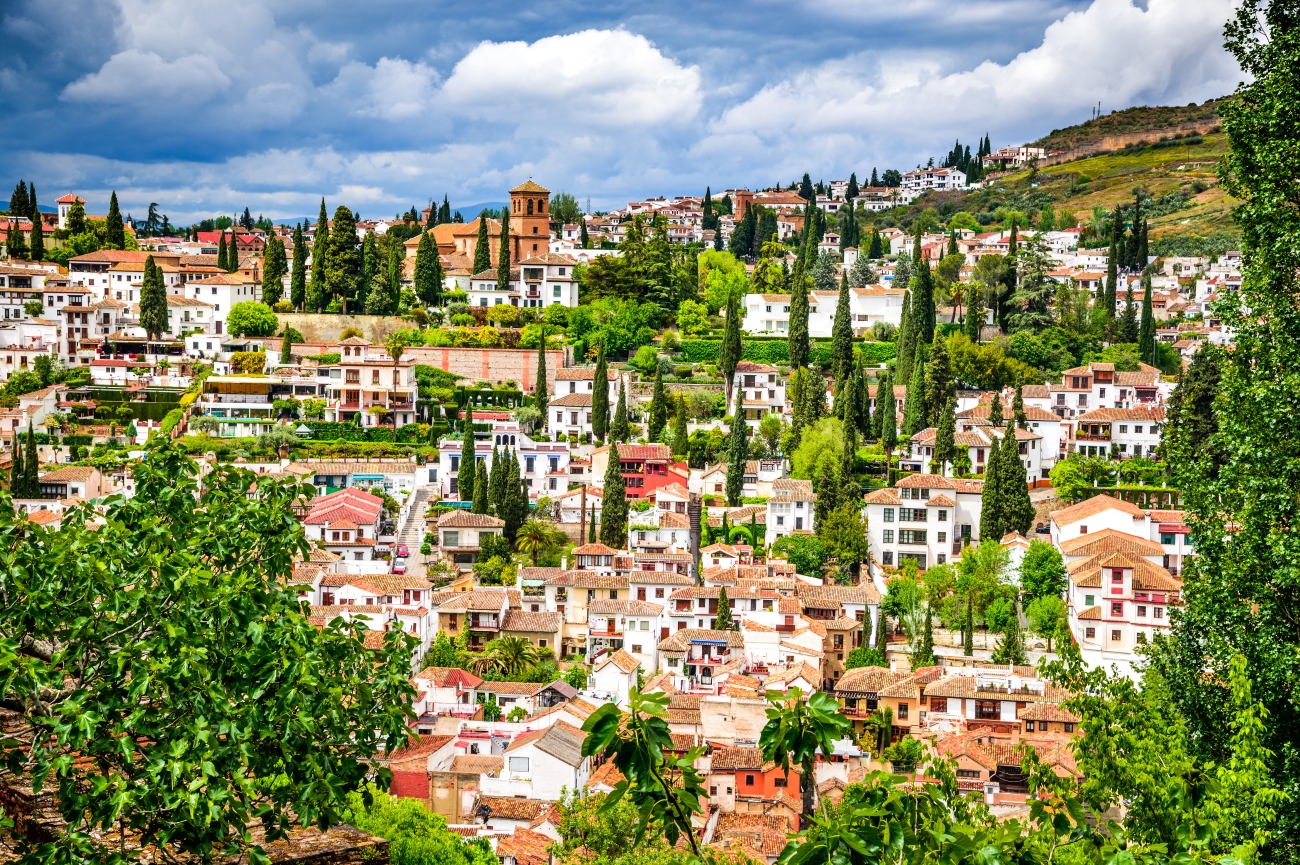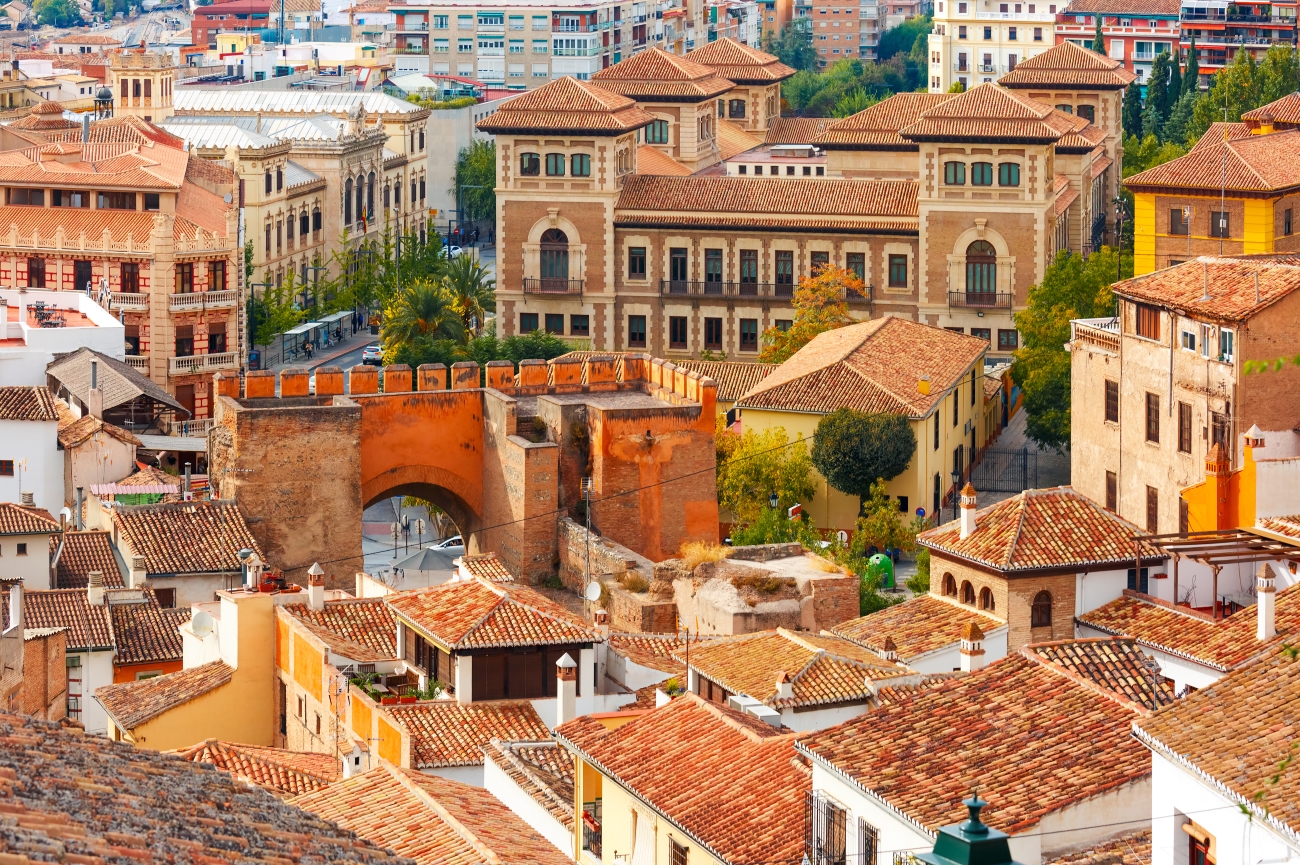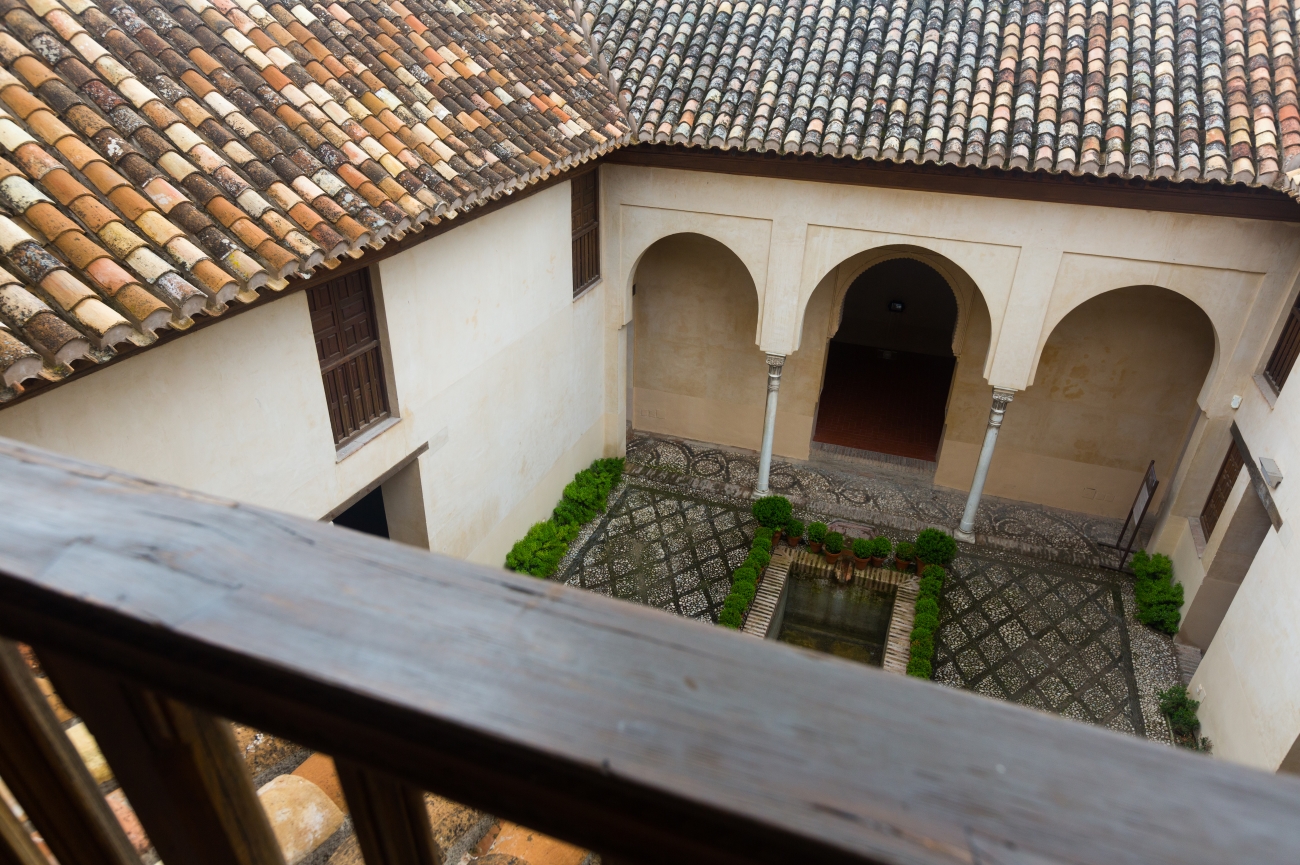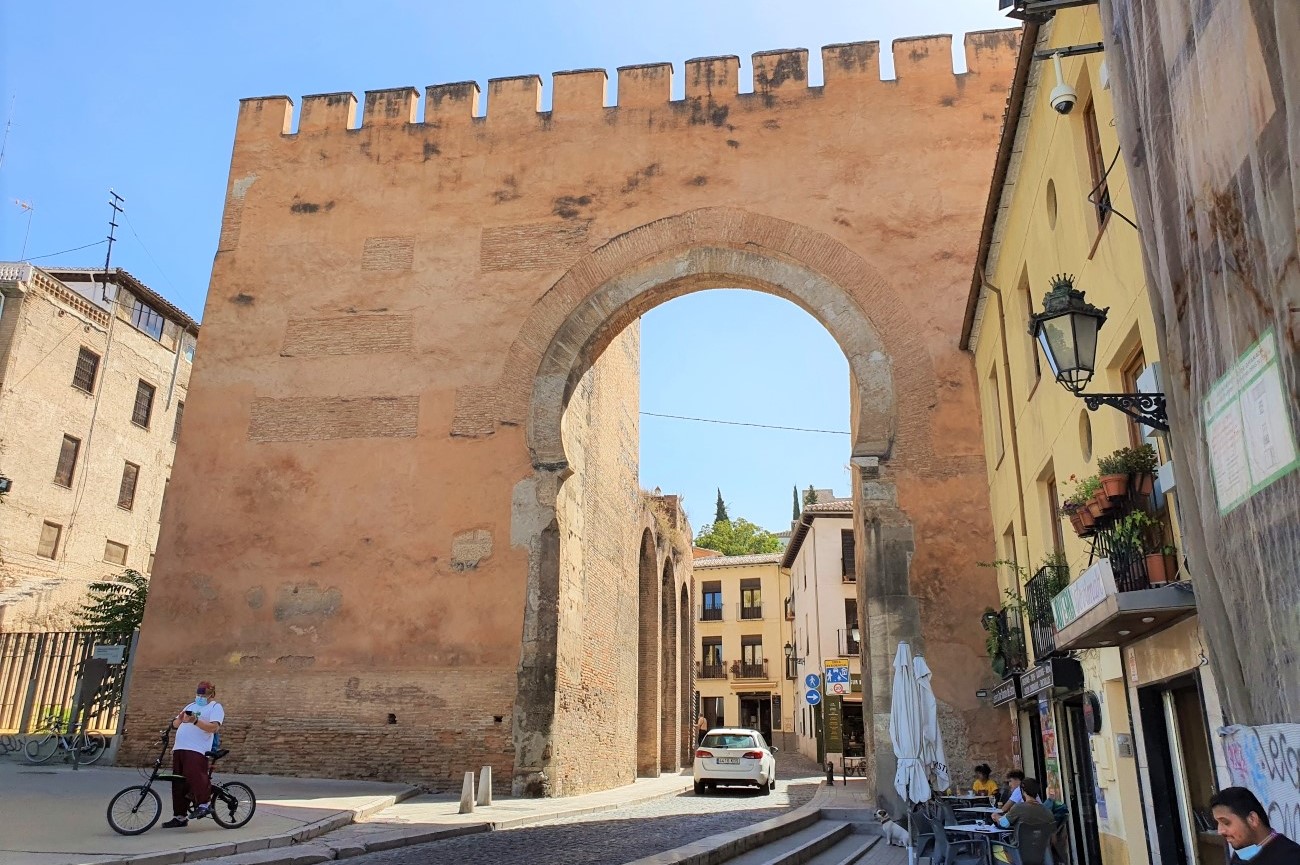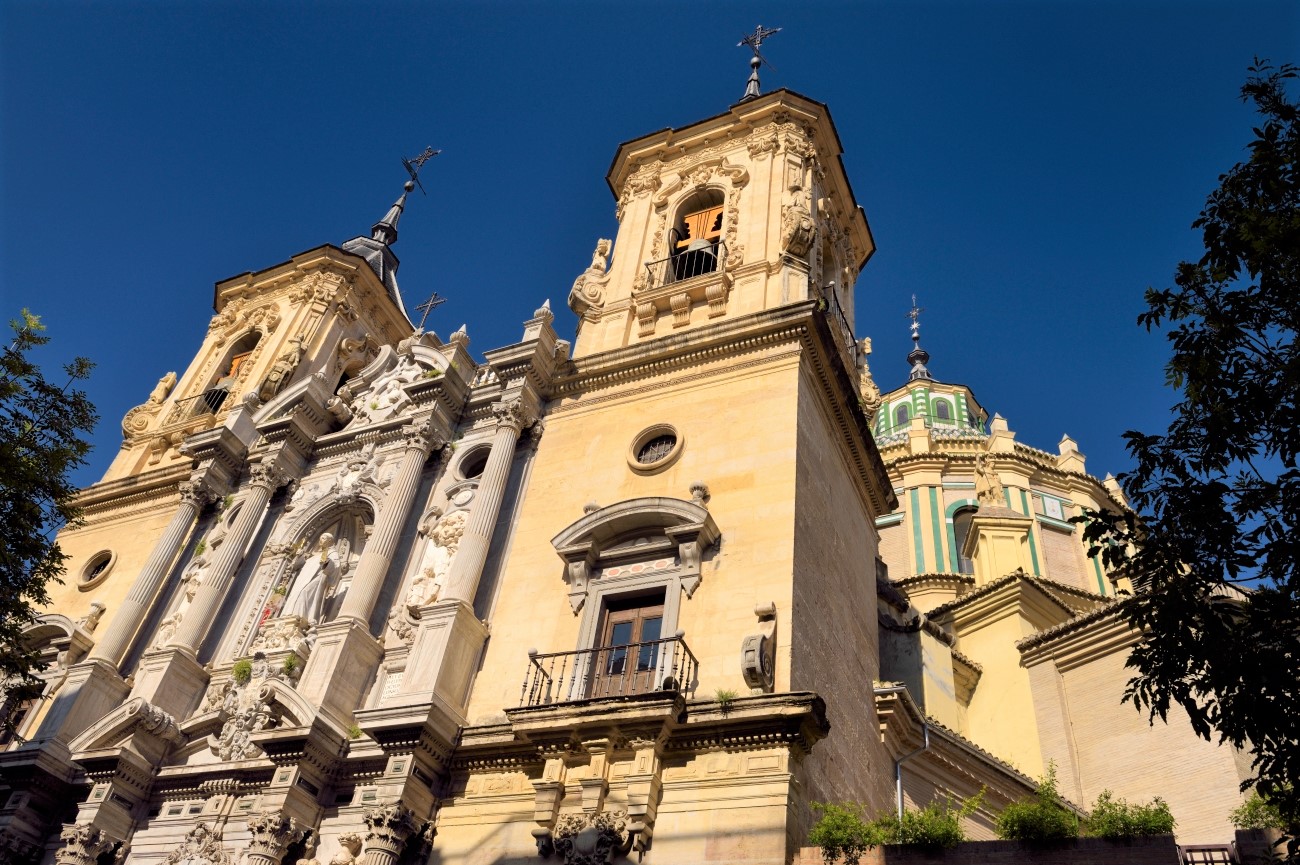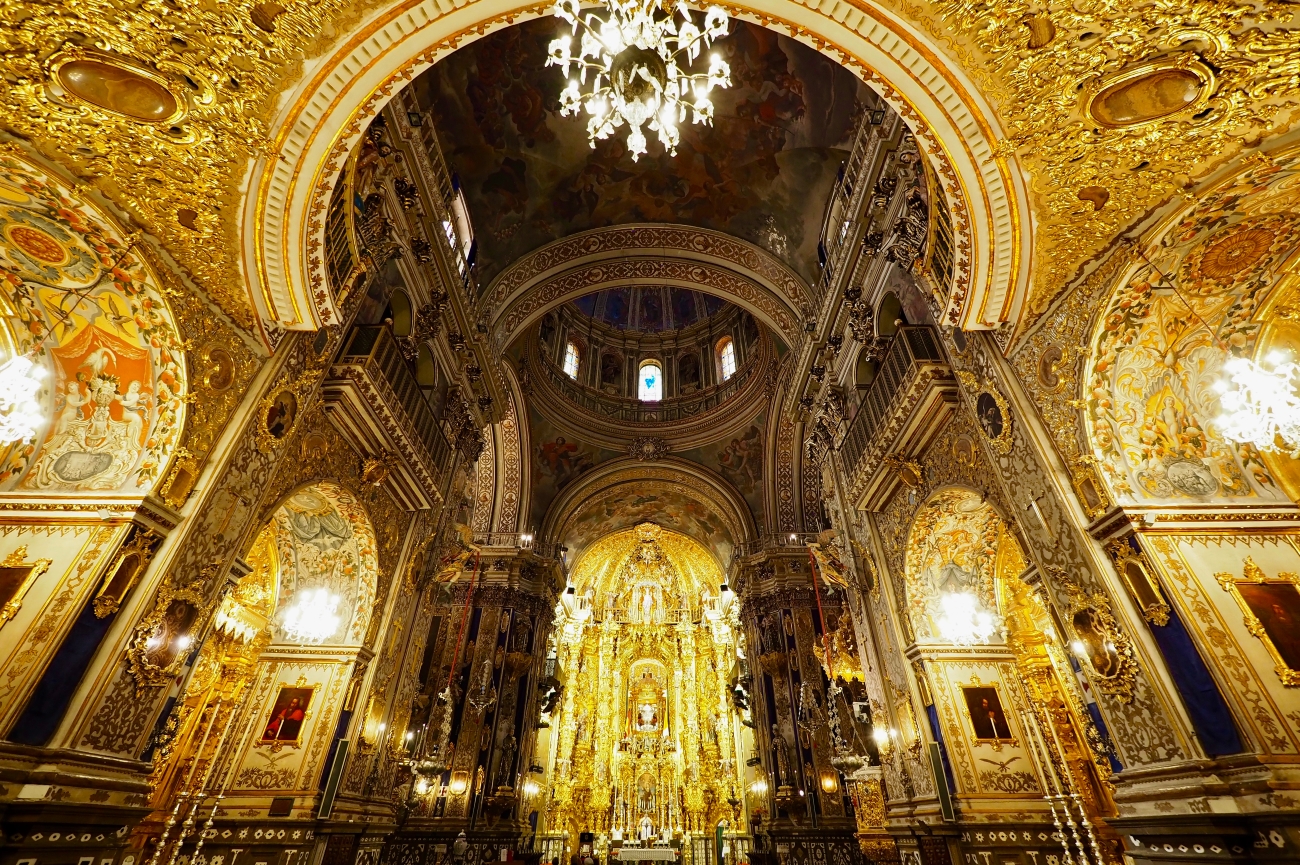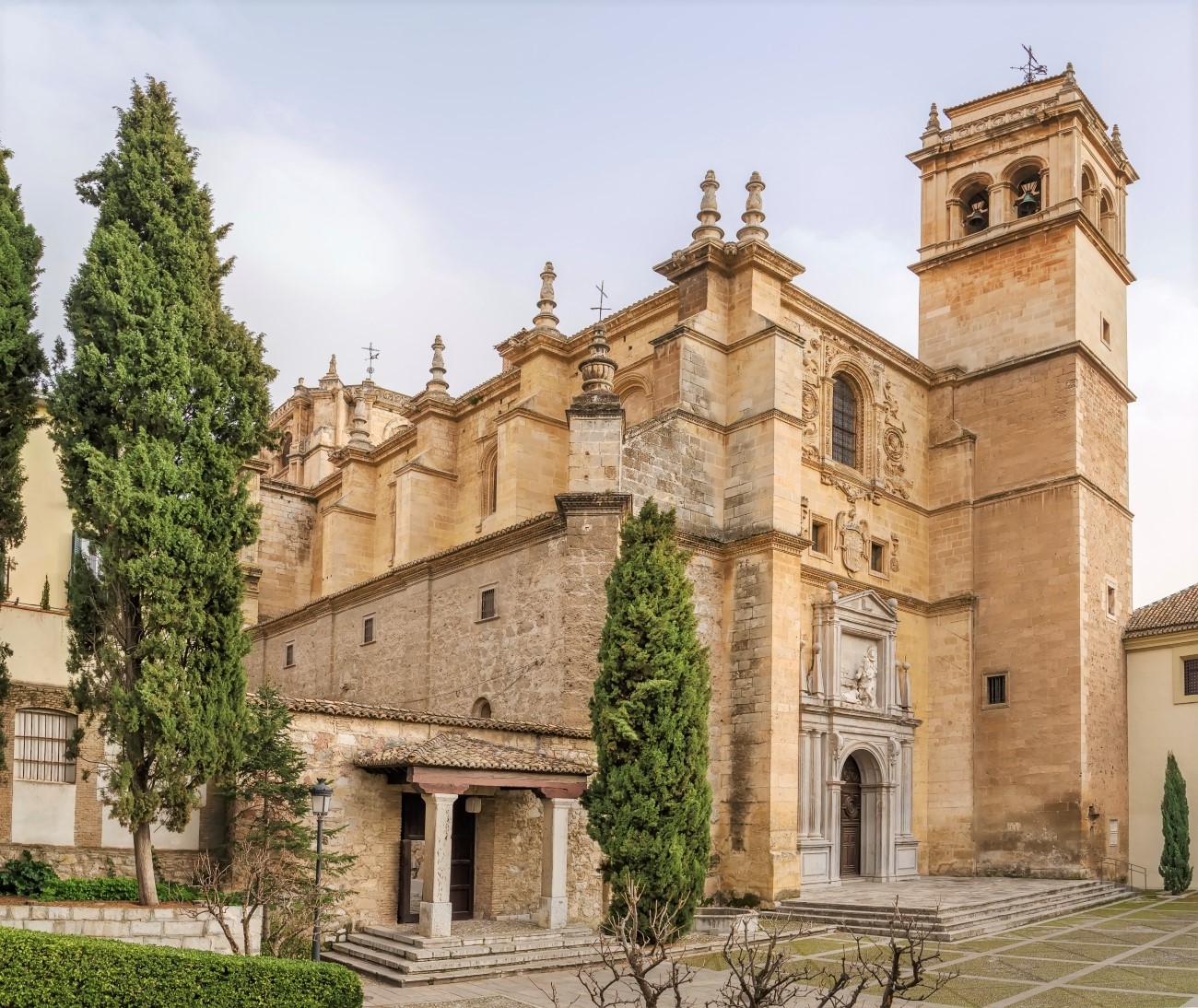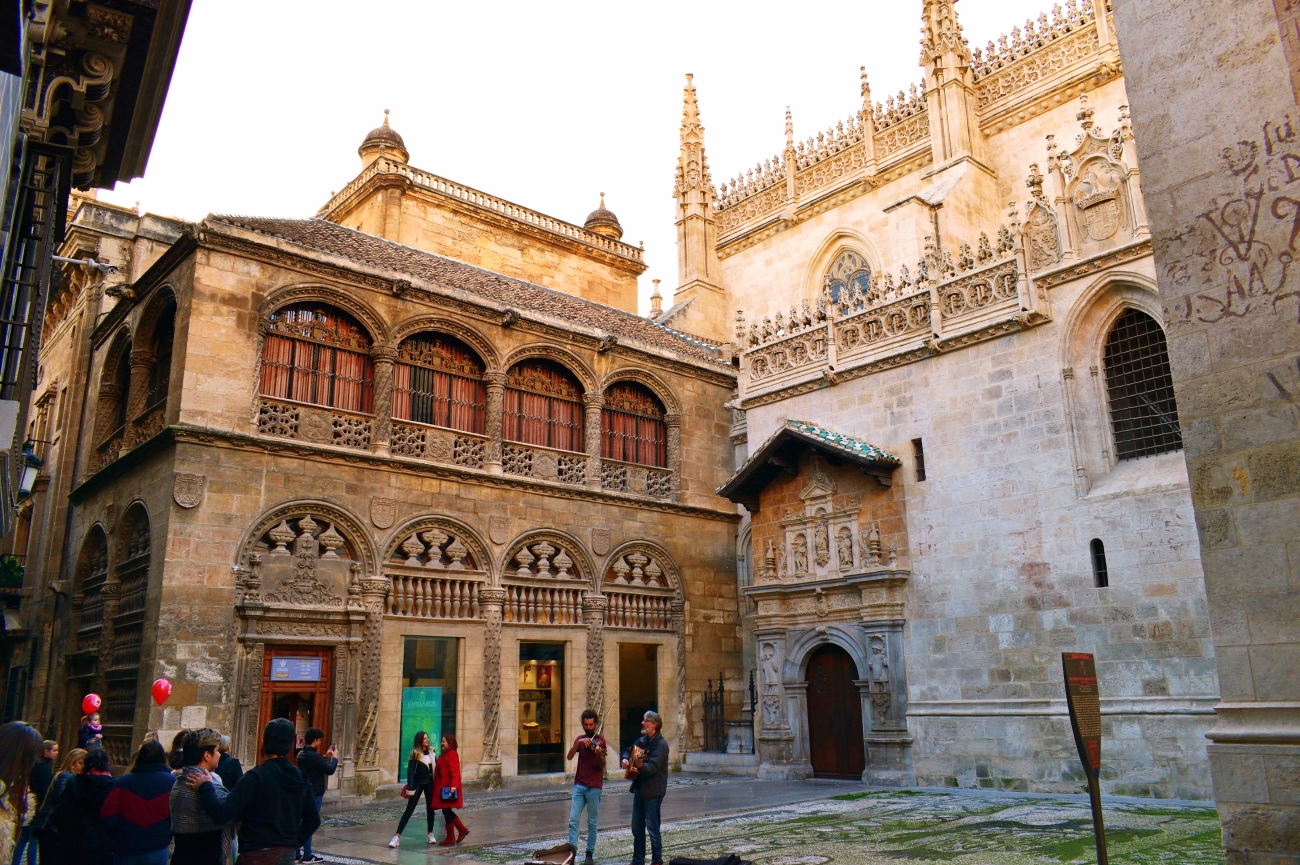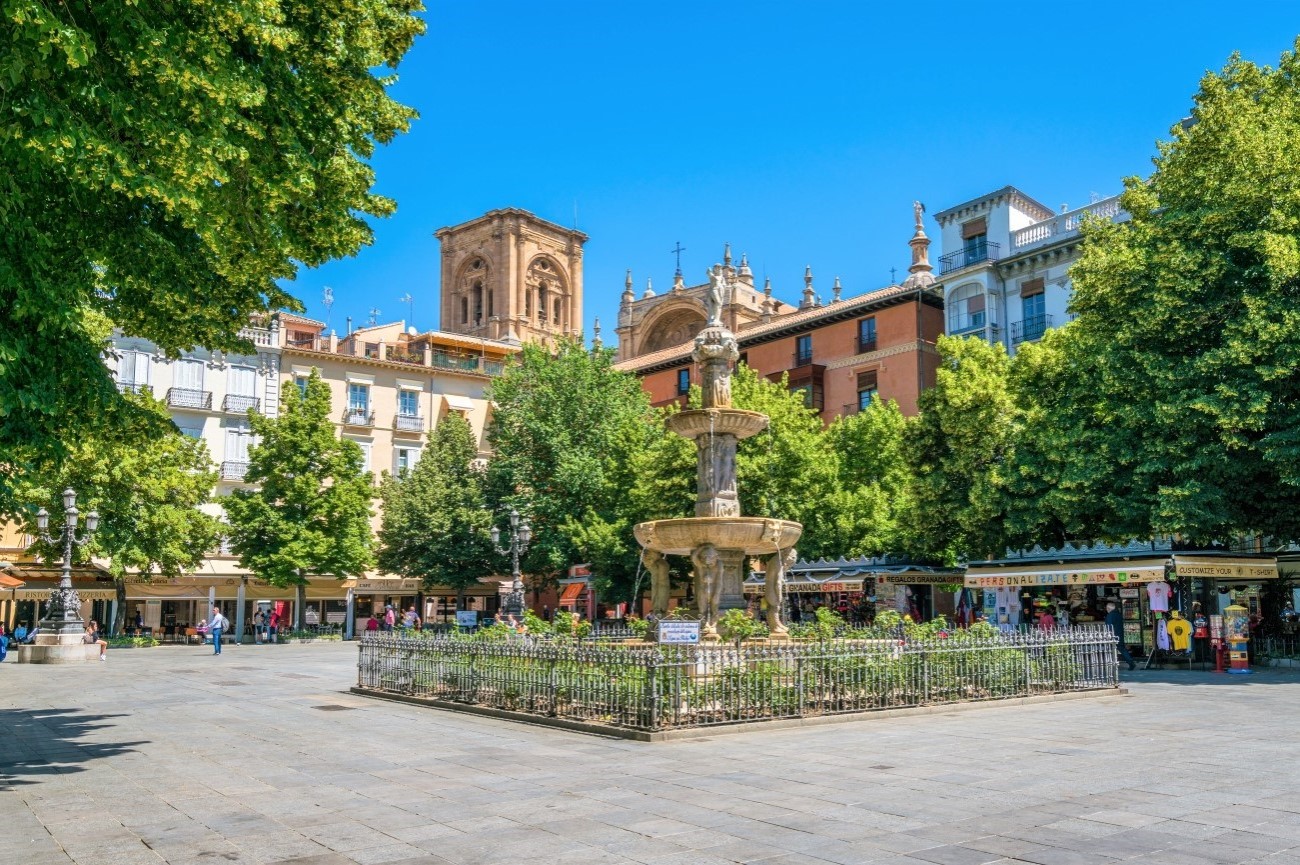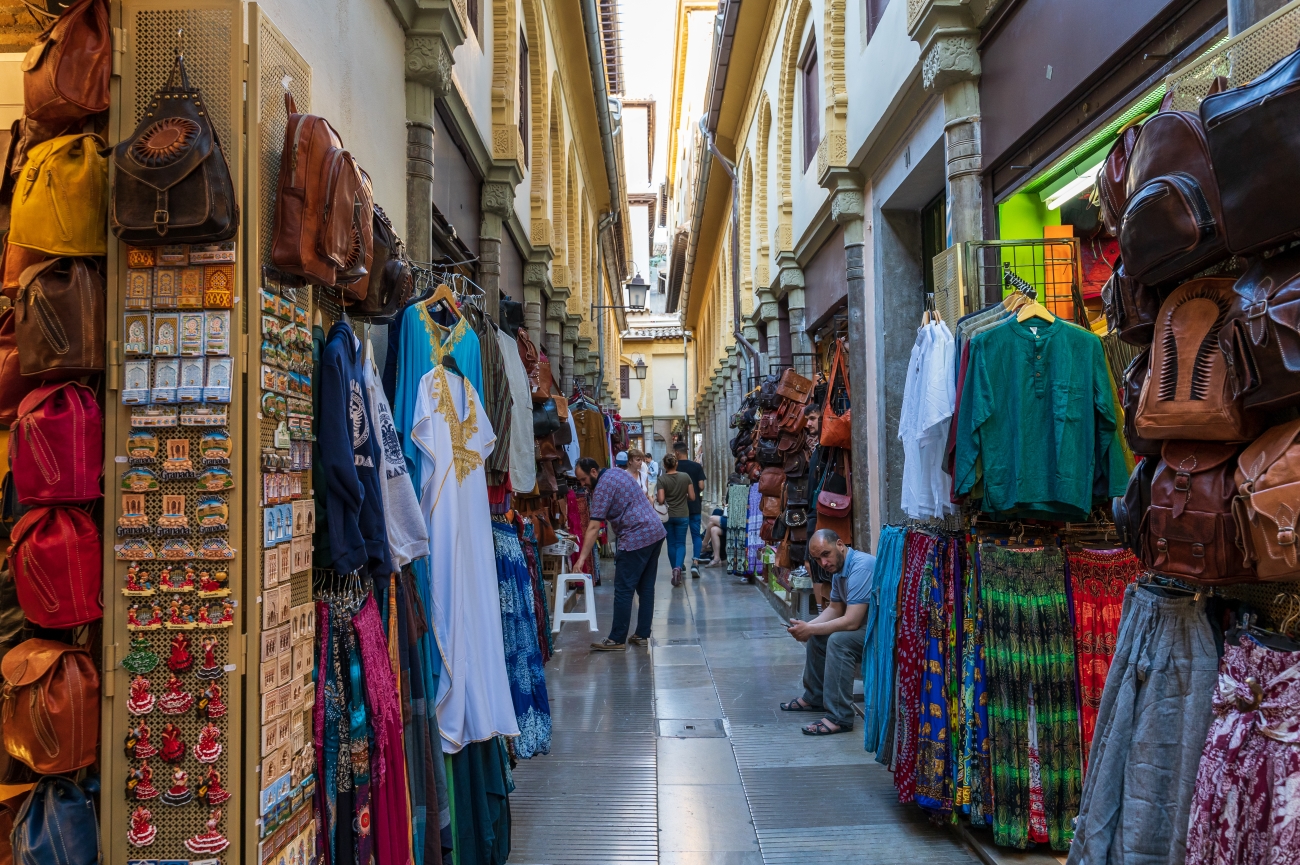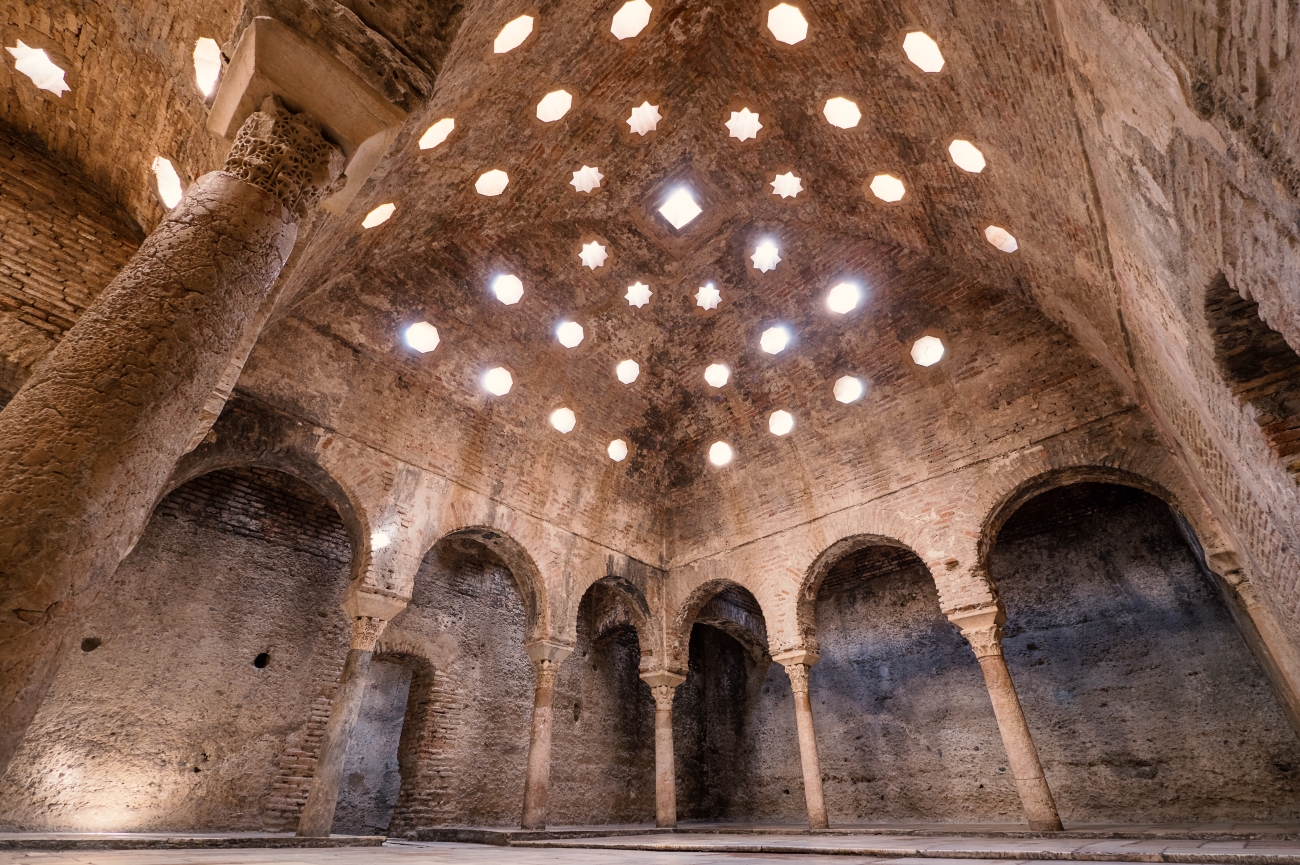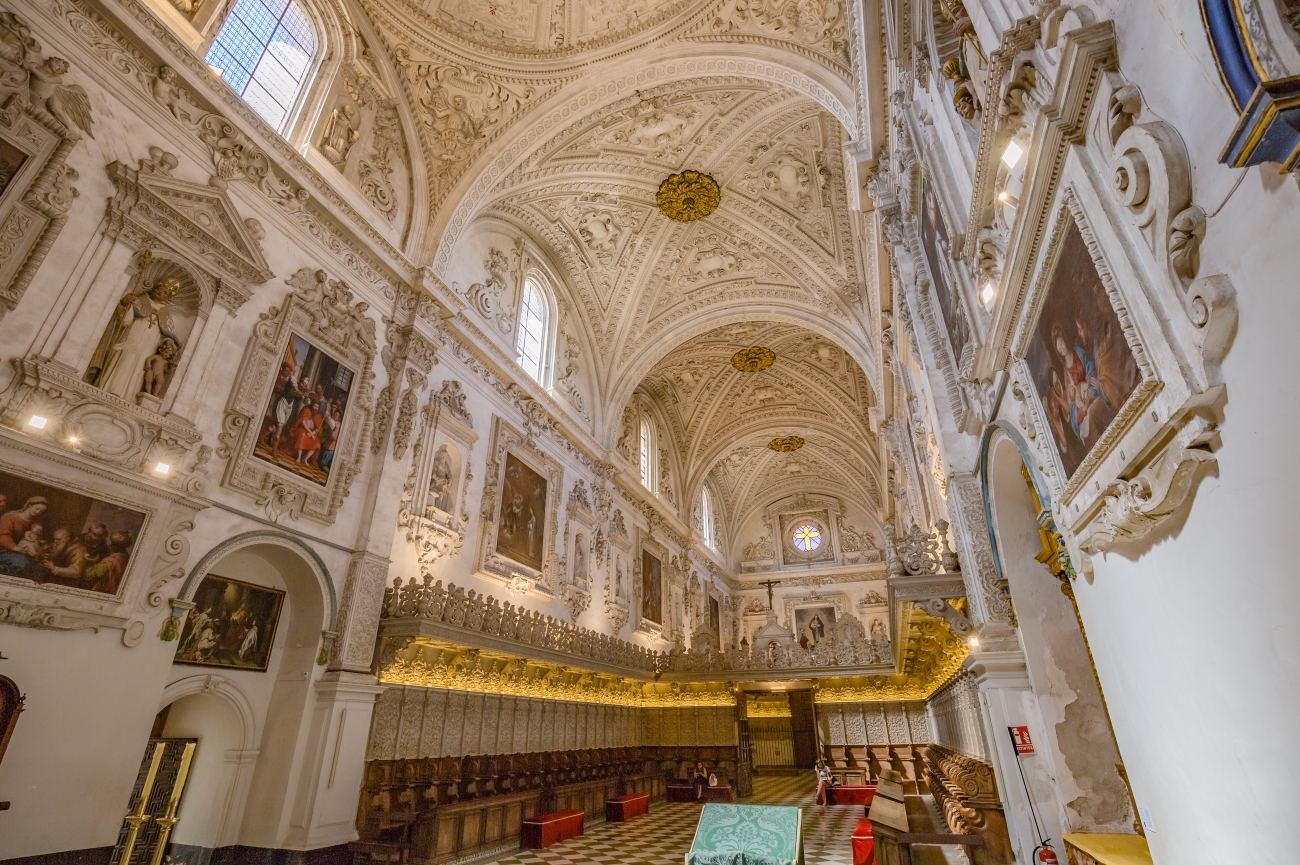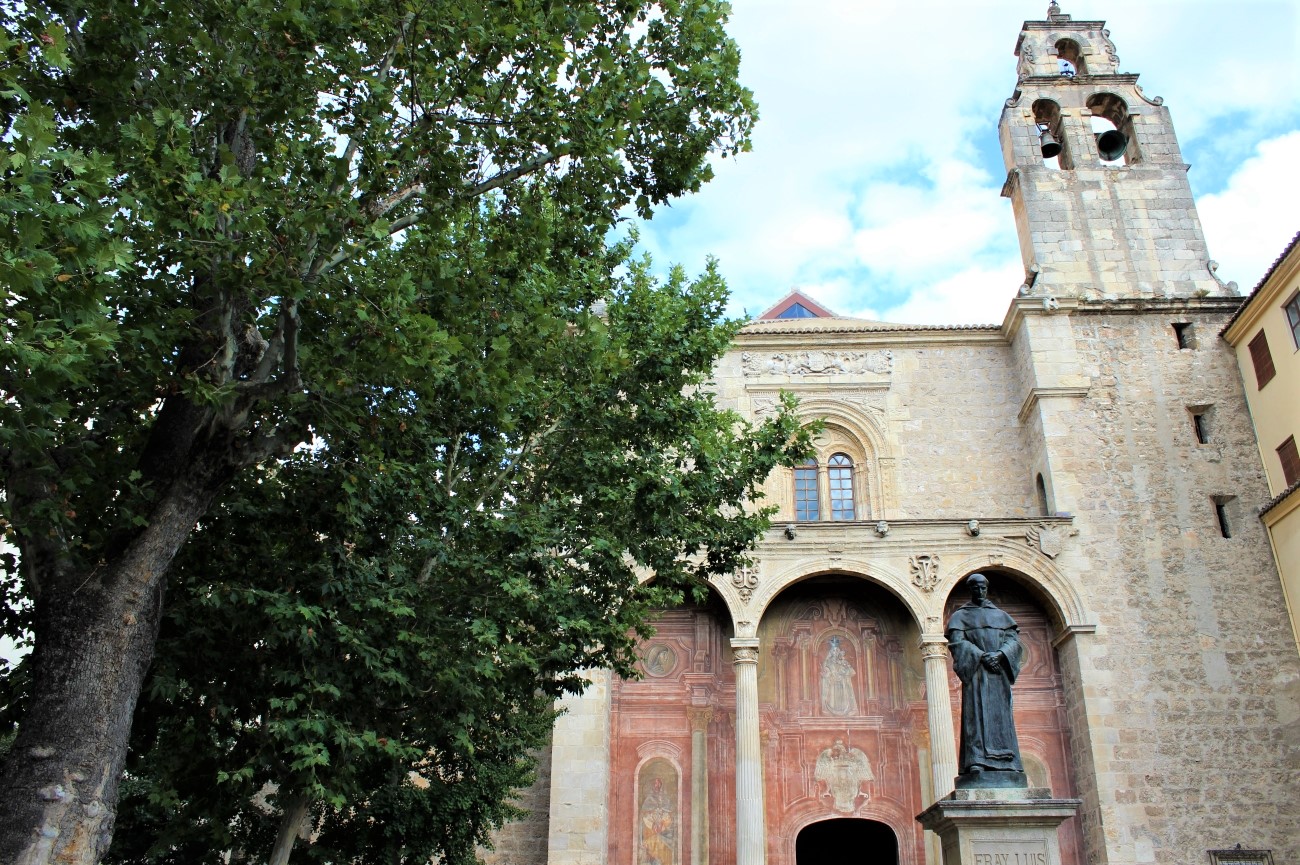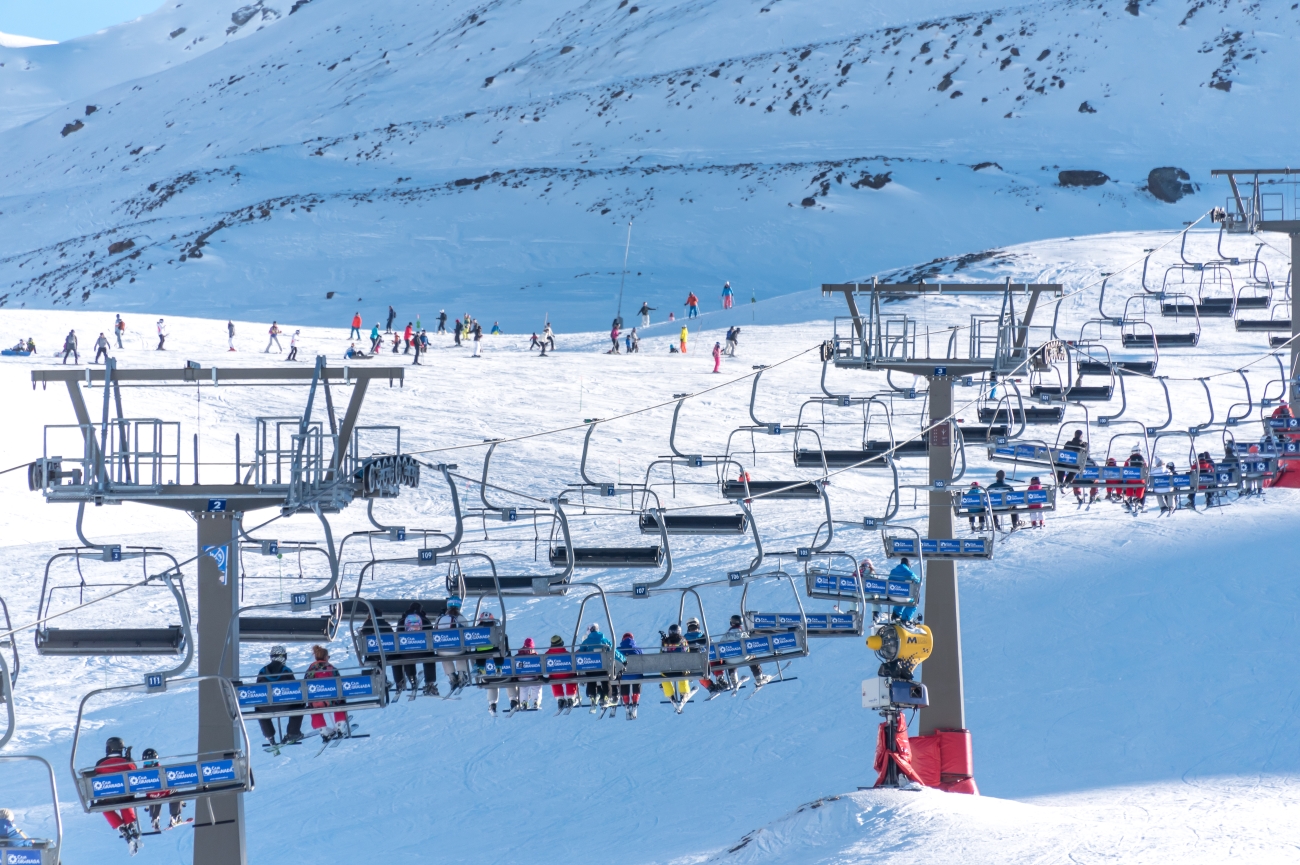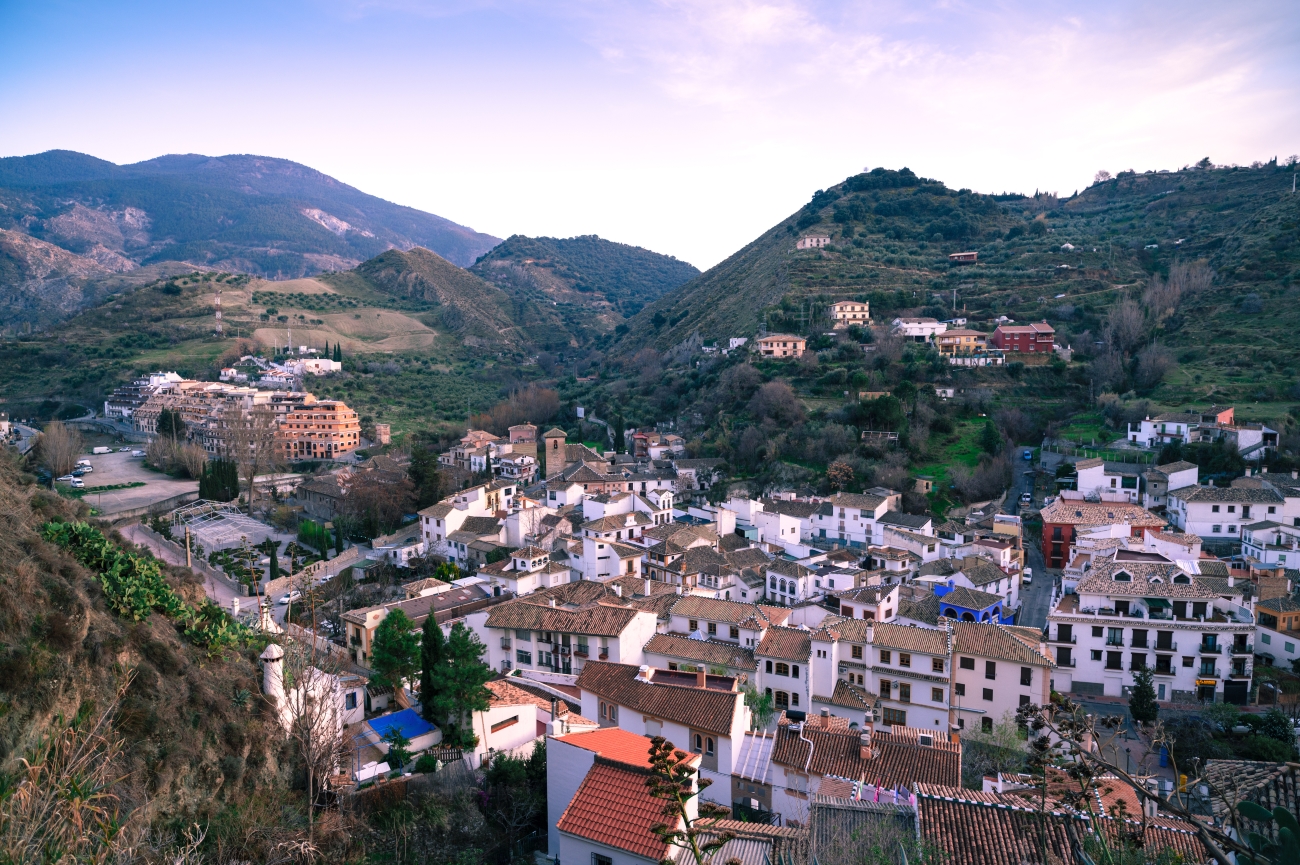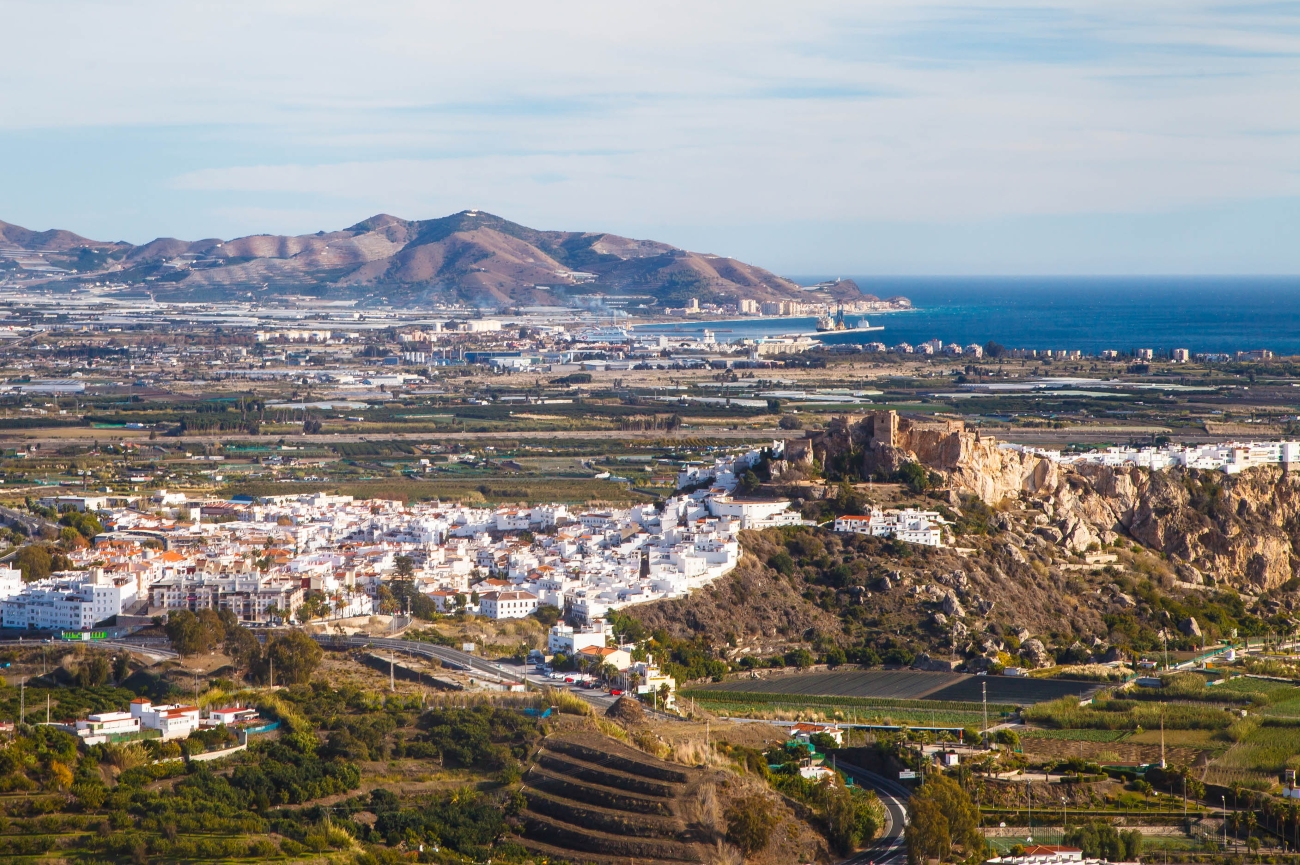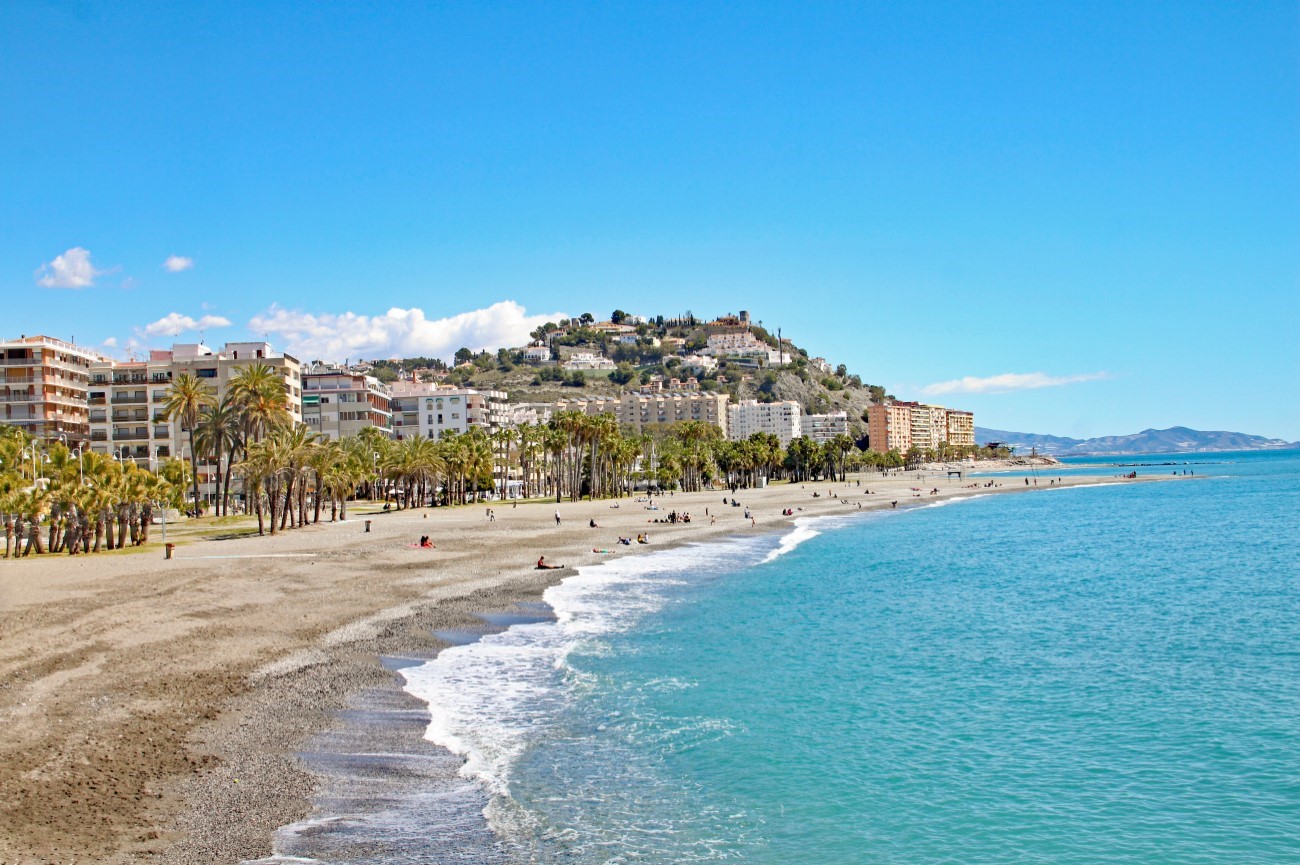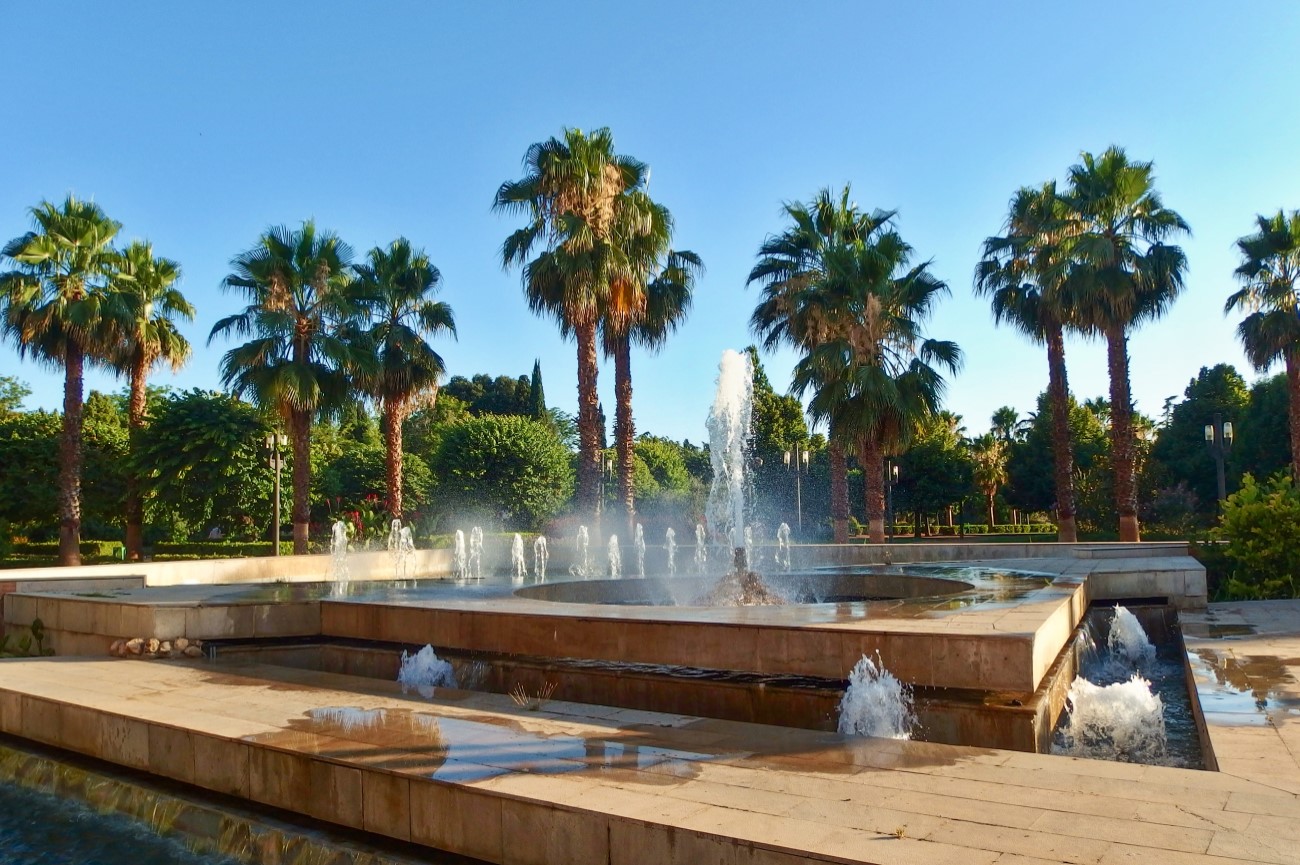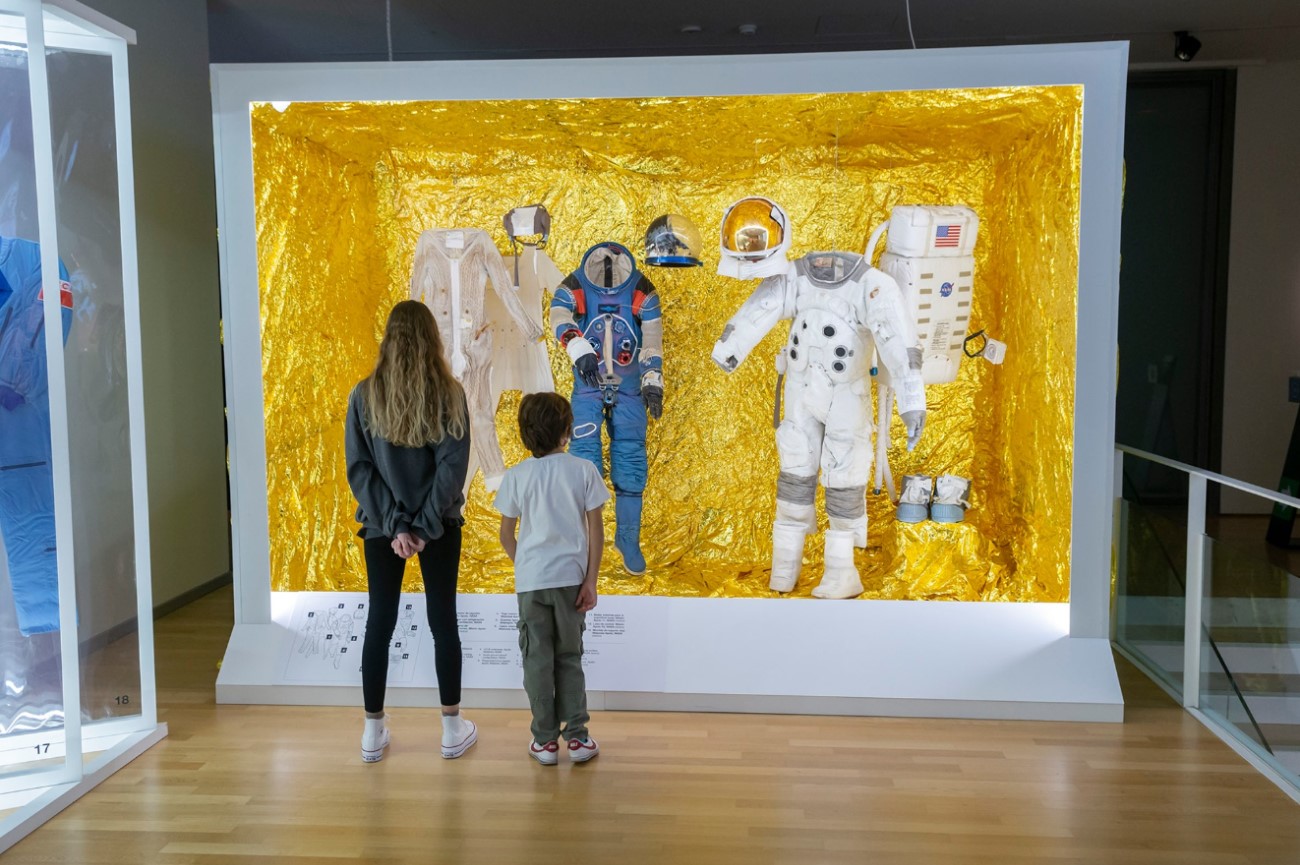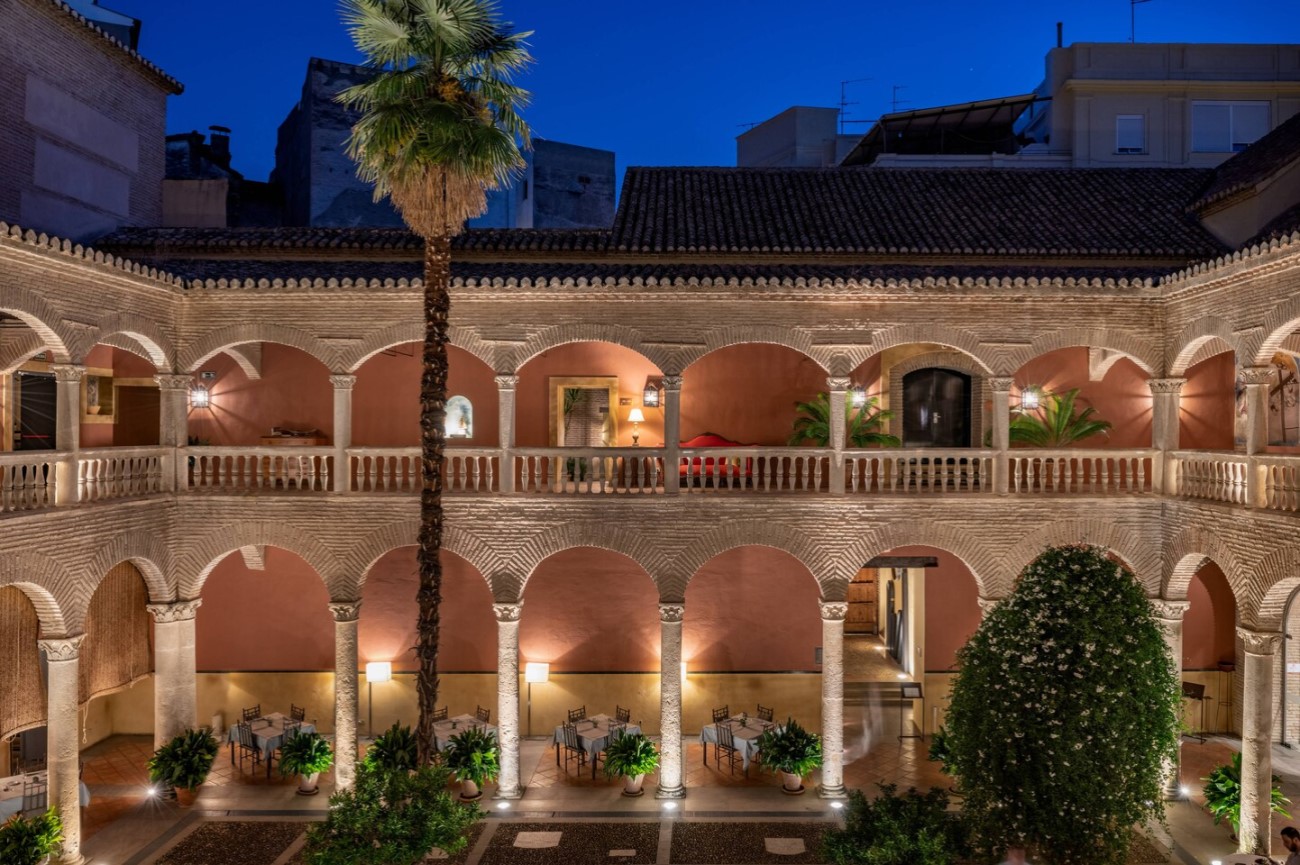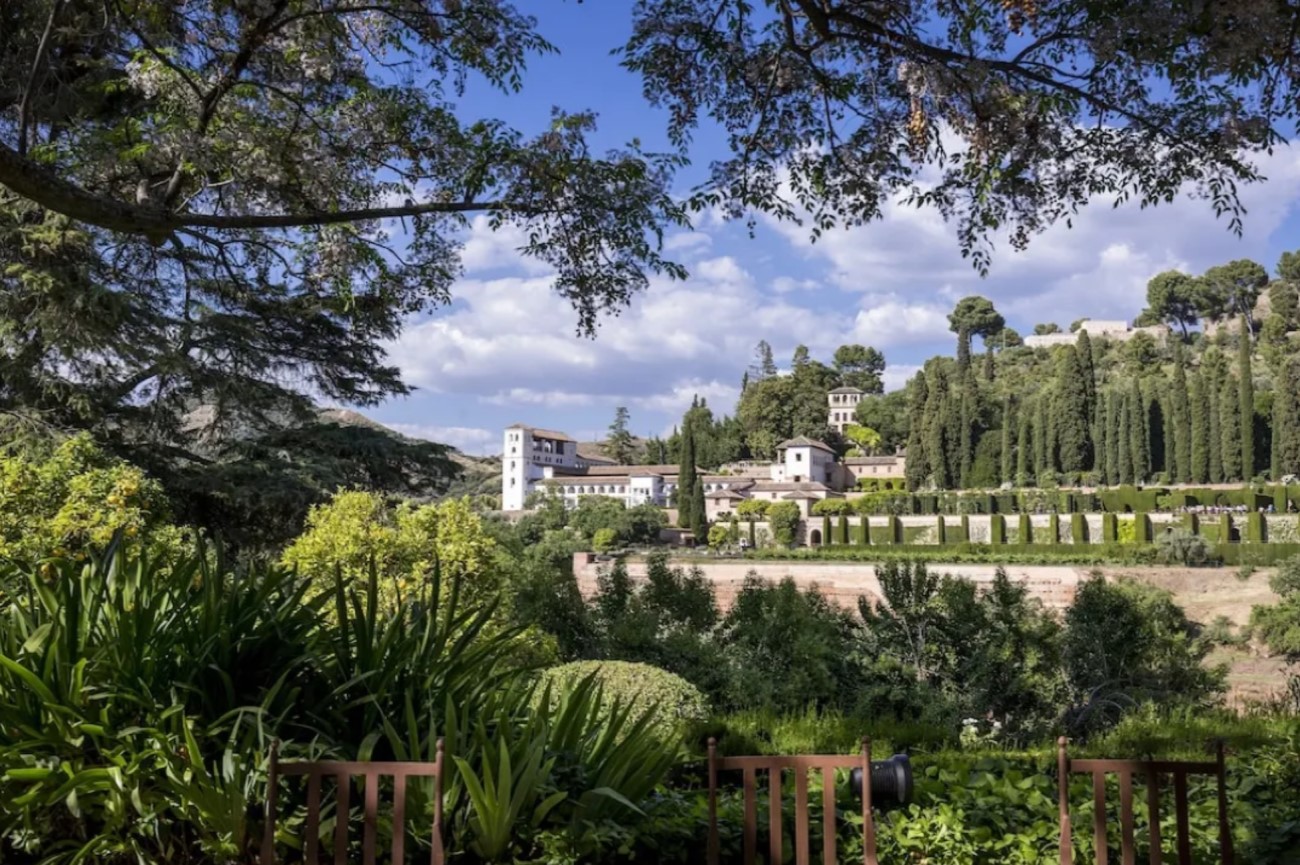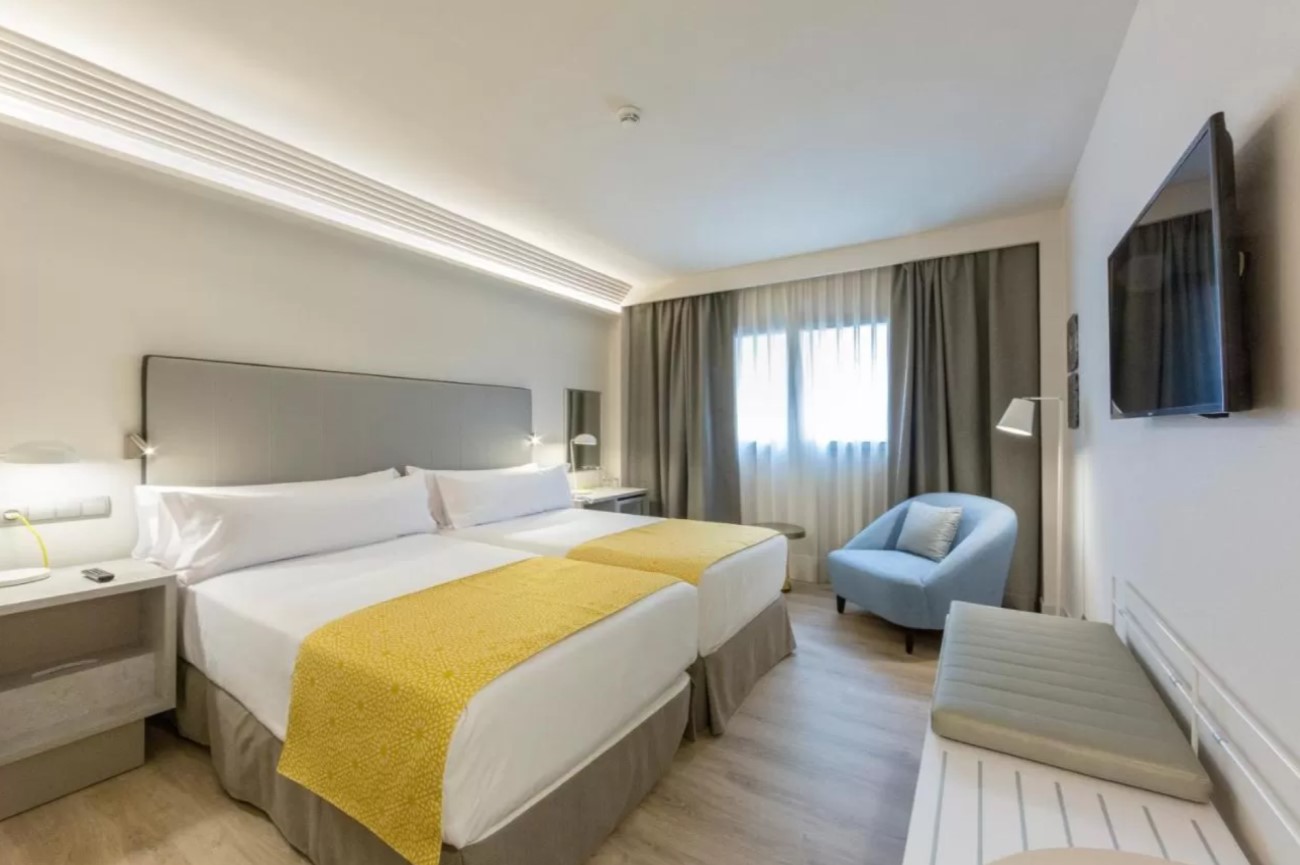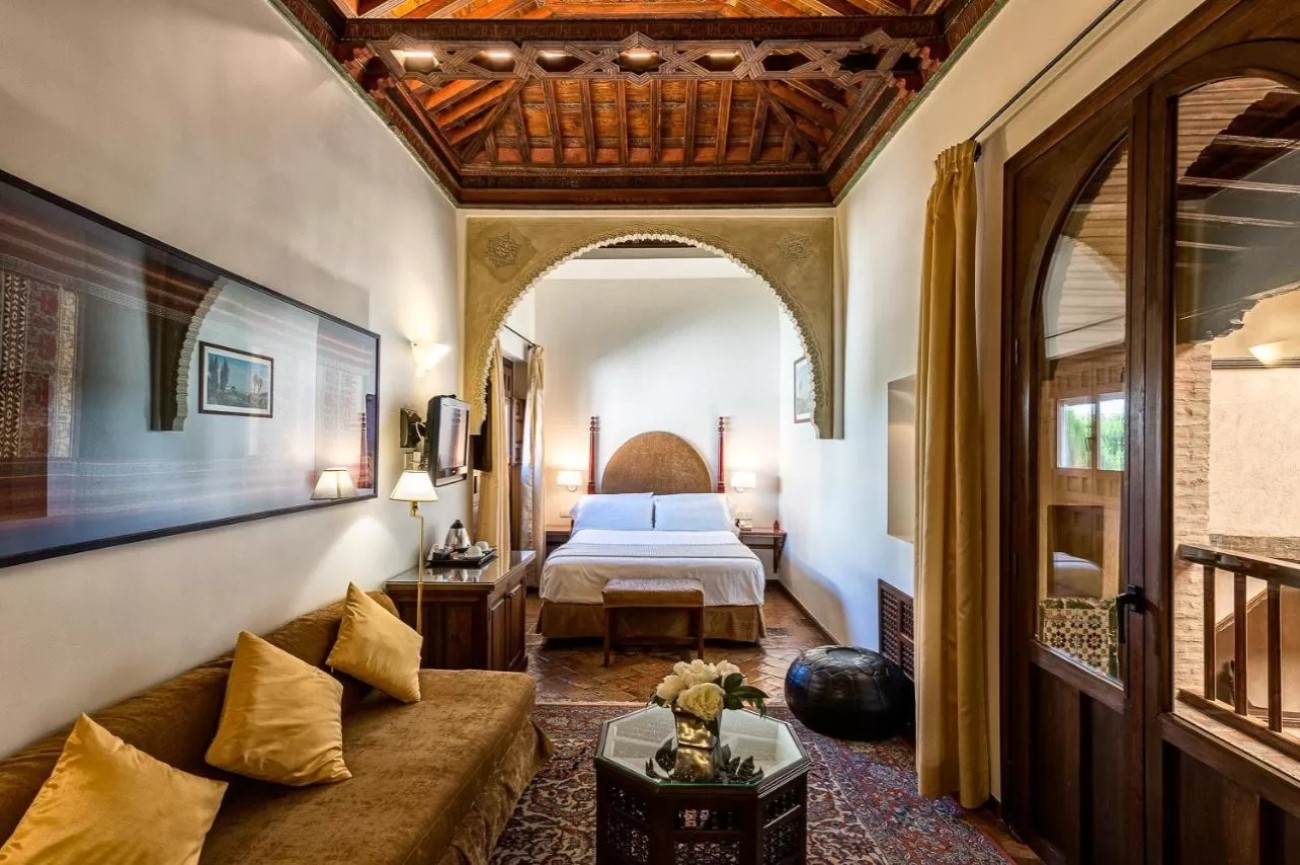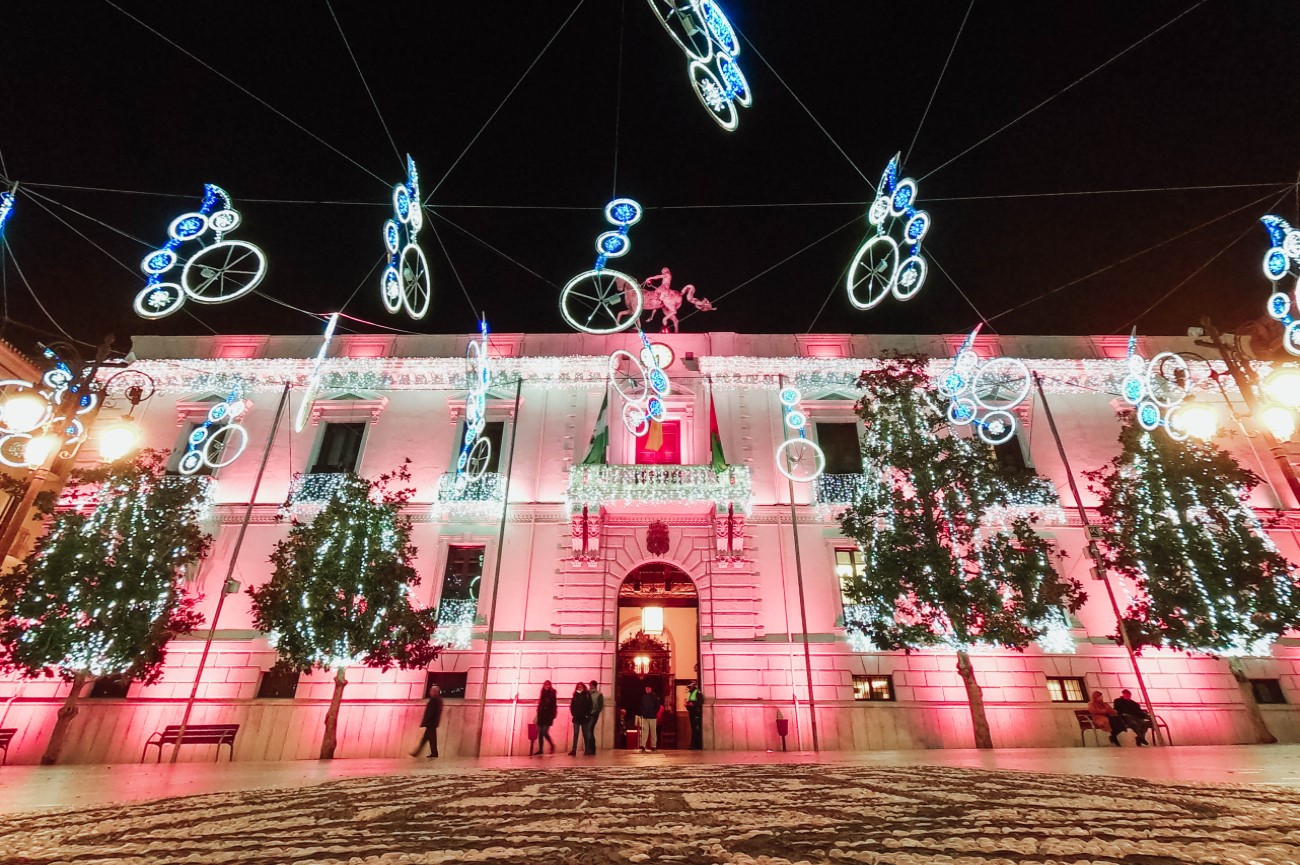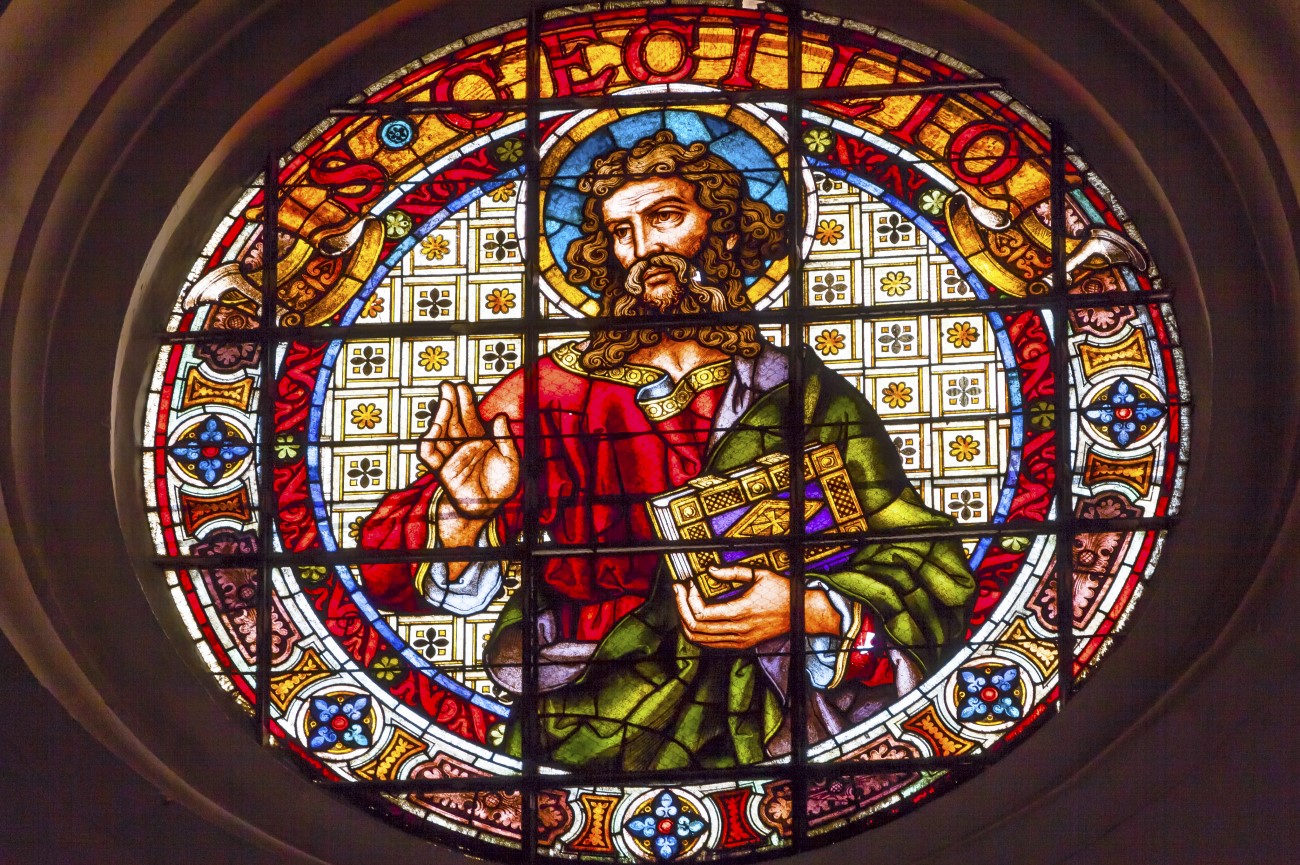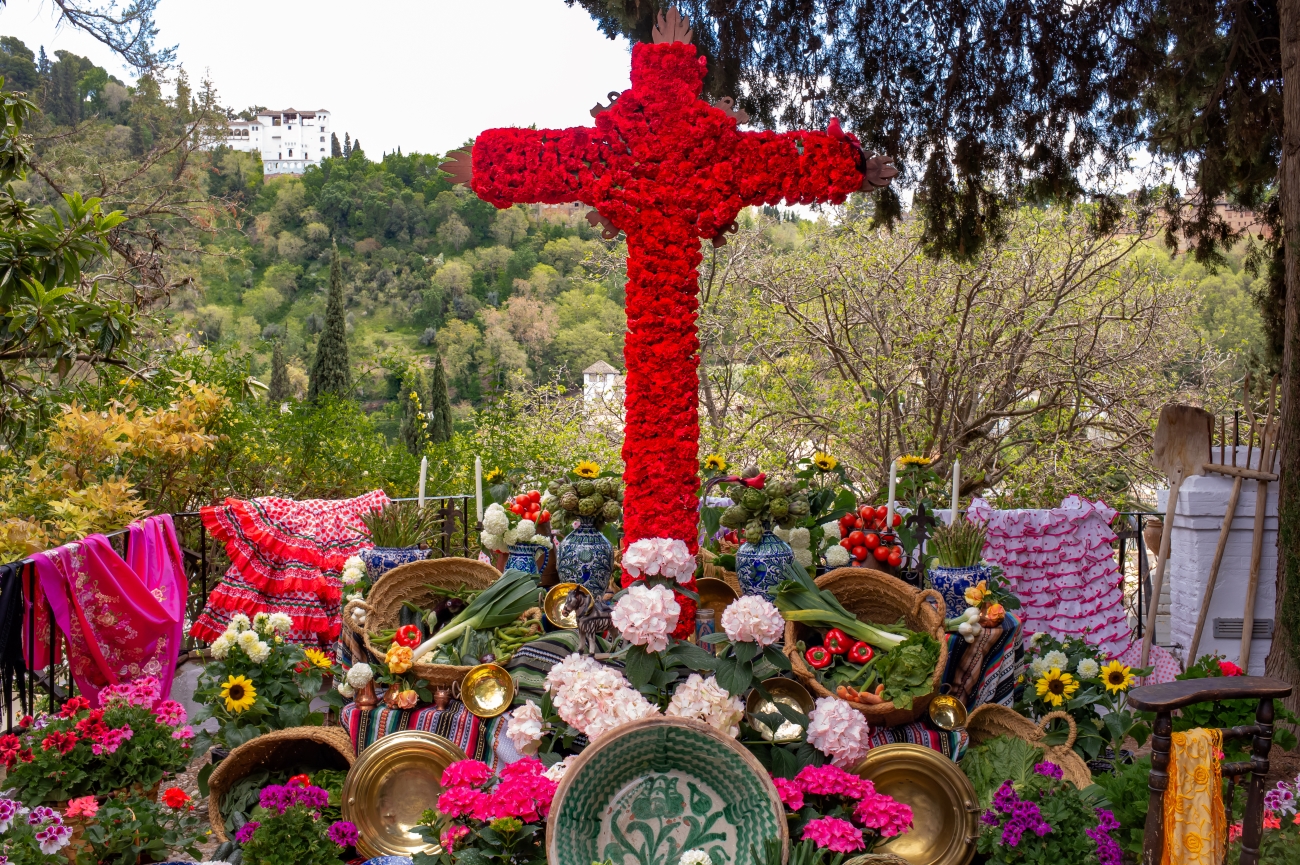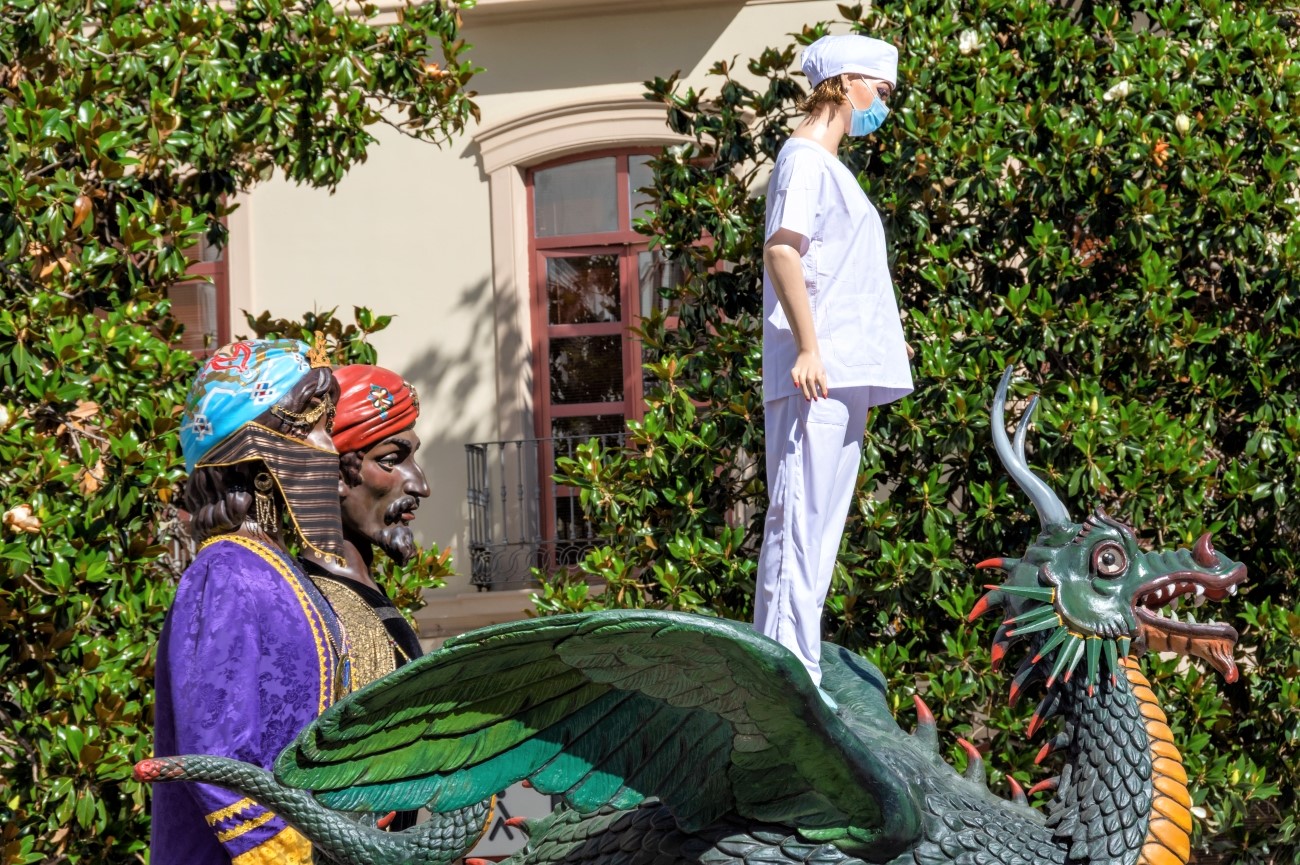Things to do in Granada, Spain
Nestled amid the Sierra Nevada Mountains, Granada stands out with its whitewashed houses and medieval landmarks built during Spain's Moorish occupation. Among these is the iconic Alhambra, a hilltop complex featuring palaces, courtyards and gardens that once belonged to the Nasrid emirs.
Beyond its historical heritage, the city also delights visitors with its delicious tapas, urban art murals and lively street festivals.
Our itinerary below features the best things
to do in Granada, including where to eat and where to stay, as well as
tips on when to visit.
Day 1

Morning: Alhambra
If you're only in Granada for two days, the Alhambra is probably the first thing you'll want to see. This iconic fortress might date back to the 9th century, but the current complex is from the 1200s when Granada became the seat of the Nasrid emirs, the last Moorish rulers in the region.
To beat the crowds, head here early in the morning and give yourself at least three hours to explore the grounds. Start with a walk around the Nasrid Palaces. These include a series of buildings and courtyards decorated with intricate designs and water ponds. Then make your way to the Generalife, a palace famous for its extensive gardens where sultans used to escape in the summer. Get lost in its narrow paths and enjoy the views over the city and the Darro river.
Another building worth visiting is the Palacio de Carlos V, a Renaissance palace that now houses the Museo de la Alhambra and the Museo de Bellas Artes. This last one features a collection of artworks ranging from the 16th-century onwards with a focus on religious paintings and sculptures.
Note: It's best to book a ticket online a couple of weeks before your trip to make sure you get in. In the peak season, tickets sell out pretty fast (months in advance), which means you won't be able to buy them at the entrance.
Afternoon: Sacromonte
From the Alhambra, head to Sacromonte. It's the city's gipsy quarter, but also the home of flamenco. Stop by the Museo Cuevas del Sacromonte, and you'll see the caves where the local community used to live.
Then take a stroll around the Camino del Sacromonte to capture the views of the Alhambra in the distance. If you're up for it, you can climb to the Abadía del Sacromonte, a 17th-century abbey famous for its underground cave chapels.
Mirador De San Nicolás
After exploring Sacromonte, slowly make your way to the Mirador de San Nicolás. It’s one of the best spots to watch the sunset in Granada. From here, you can capture the Alhambra and the peaks of the Sierra Nevada rising in the background. Order some ice cream at the nearby Helados San Nicolas and come back to enjoy the views.
Carrera Del Darro
Next stop is the Carrera del Darro, one of the prettiest streets in the city. It begins near the Convento de Santa Catalina and follows the river stream until it reaches the Plaza de Santa Ana. As you walk along this promenade, you'll find a series of stone bridges and century-old buildings covered with lush greenery in the springtime. Look over the ancient walls to see the Darro river flowing underneath your feet.
Corral Del Carbón
Just a few steps away from the Plaza de Santa Ana is the Corral del Carbón. It's one of the oldest Arab monuments in Granada, dating back to the 14th century. At the time it was used as a warehouse and a shelter for coal traders, which is how it got its name. Later in the 16th century, it worked as a theatre. Visitors are welcome to step inside and wander through its quiet courtyard. In the summer, it becomes the stage for plays and flamenco performances.
Flamenco Show
Watching a flamenco show is one of the best ways to end the night in Granada. Every evening lively flamenco performances take place around the city. This is the birthplace of the Zambra, a type of flamenco danced around the provinces of Granada and Almería. During the performance, dancers are usually barefoot and use finger cymbals. Some of the best places to see flamenco in Granada are the Casa del Arte Flamenco, El Templo del Flamenco, Jardines de Zoraya and La Alboreá.
Granada Tour Map for Day 1
Day 2

Morning: Albaicín
Begin your second day in Granada with a tour of Albaicín. It's the city’s old Arabic quarter, where the Moorish population settled after the reconquest. Get lost in its maze of winding streets surrounded by whitewashed houses and picturesque squares. You'll need to climb up a hill to get here, but splendid views of the Alhambra and the Sierra Nevada mountains await you at the end. Walking through the neighbourhood, it's hard not to notice the Moorish heritage left behind in structures like the Casa de Zafra, the Casa del Chapiz and the Arab baths.
Granada Viewpoints
You've already captured the views from the Mirador de San Nicolás on the previous day, but there are many more lookout points in Albaicín that deserve a visit. Just opposite the Iglesia de San Cristóbal is a viewpoint with the same name overlooking the old city walls. Higher up you'll find the Mirador de San Miguel, which offers panoramic views over the Albaicín quarter and the Alhambra. Other viewpoints worth checking include the Mirador de la Lona and Mirador de los Carvajales.
Palacio De Dar Al-Horra
Still in Albaicín, you can visit the Palacio de Dar al-Horra. This 15th-century palace was once the home of the sultana Aixa, the mother of Granada's last Muslim king. It has a typical Moorish design with the rooms surrounding a central courtyard which provided shade in the summer. Soon after the Reconquista, the palace got merged with the Monastery of Santa Isabel la Real which you can see today. With the same ticket, you can access the Arab baths later in the day.
Puerta Del Elvira
Close to the palace is the Puerta del Elvira. When Granada was under Moorish rule, this was the official gate to the city. Since then it has undergone several renovations, but the location and the structure remain pretty much the same.
Afternoon: Basilica San Juan De Dios
Continue walking until you reach the Basilica of San Juan de Dios. The
interior of this 18th-century church is a Baroque masterpiece featuring
stunning frescoes, paintings and gilded altars. It's open every day
except Sunday, and it closes during lunchtime.
You can combine your visit with a trip to the San Jeronimo monastery located just a few minutes down the road.
Granada Cathedral And The Royal Chapel
The Granada Cathedral replaced the city's old mosque at the start of the 16th century. It took over 180 years to build this church, which is why you'll notice a mix of architectural styles. The foundations are Gothic, the structure is mostly from the Renaissance, and the facade is Baroque. It's worth stepping inside to admire its stained glass windows and the paintings decorating the walls.
Near the cathedral is the Royal Chapel, where you'll find the tombs of Ferdinand and Isabella, two of Spain's most renowned monarchs.
Plaza Bib-Rambla
After visiting the cathedral and the chapel, head to Plaza Bib-Rambla, a lively square surrounded by 19th-century houses and cafes. Take some time to explore the shops around the side streets and then treat yourself to some churros at the Cafetería Alhambra.
Alcaicería
Close to the square is the Alcaicería market. Back in the Islamic era, this was the city's bazaar, where merchants occupied the streets with their silks and spices. These days there's only a passageway left, mostly lined with souvenir shops selling anything from postcards to jewellery. If you want an authentic gift from Granada, however, it's best to visit other local stores. The Fajalauza sells stunning handmade ceramics, the Espartería San José specializes in whicker items, while the Comestibles Cristobal is the perfect place to buy some serrano ham.
El Bañuelo — Arab Baths
From the Alcaicería, make your way to the El Bañuelo. Dating back to the 11th century, these are some of the best-preserved Arabic baths in Spain. After the reconquest, most of these bathing facilities got destroyed, but these managed to survive because they were hidden under a private house. It features stunning Moorish archways and chambers with star-shaped openings which have remained intact through all those years. The water doesn't run here anymore, but if you want to experience something similar, you can visit the nearby Hammam Al-Andalus. This modern spa offers a series of cold and hot pools typical from the old Arabic baths, as well as massage treatments.
Granada Tour Map for Day 2
Other Things To Do In Granada, Spain
- Carmen de los Martires: Close to the Alhambra, you'll find Carmen de los Martires, one of the most beautiful gardens in Granada. Despite its location, it's often overlooked by tourists, leaving you plenty of room to explore its leafy paths. A 19th-century mansion stands at the middle of the park offering sweeping views over the surrounding mountains.
- Granada Charterhouse (Monasterio Cartuja): This quiet monastery is among the best examples of Baroque architecture in Spain. Set a few miles north from the Albaicín neighbourhood, you can walk there or catch a bus. It was founded around the 1500s, but it took another 300 years to complete it. Behind its sandstone structure is a lavish interior with intricate stucco walls and a stunning frescoed cupola.
- Realejo: Realejo is the city's old Jewish quarter. After exploring Sacromonte and Albaicín, you can spend some time wandering through this vibrant neighbourhood. Noteworthy buildings in this area include Casa de los Tiros, the Palace of Los Condes de Gabia and the Church of Santo Domingo. In recent years, Realejo has also become famous for its street art scene thanks to colourful murals designed by the local artist El Niño.
- Sierra Nevada: This mountain range occupies a large part of Granada's landscape. It contains the highest peak in Spain (Mulhacén) at 3,479 metres and the most southerly ski resort in Europe. From the city centre, it will take you about half an hour to reach Sierra Nevada. Beyond skiing, visitors can also hike or enjoy the views from one of its lookout points. It's also worth visiting some of the whitewashed villages scattered across the region, known as La Alpujarras. For more information on what to do in the area, check out our Sierra Nevada guide.
- Monachil: Monachil is a quiet mountain village located within the Sierra Nevada. It gets its name from the Arabic word for a monastery. The village is famous among hikers for its hanging bridges which overlook the canyons of Los Cahorros gorge.
- Cumbres Verdes: Set on the outskirts of Granada, the Cumbres Verdes is a small hamlet that belongs to the town of La Zubia. Surrounding it are a series of nature trails ideal for hiking and biking, as well as some picnic areas where you can stop for a snack.
- Costa Tropical: The coast of Granada is renowned for its subtropical climate, hence the name Costa Tropical. It's less developed than the Costa del Sol in the east, but the landscape alone makes it worth the visit with its stunning headlands and coves. Salobreña and Almuñecar are the main towns here, both famous for its beaches and historic castles. The coast is also popular among hikers and water sports fans.
Top Things To Do With Kids In Granada
Granada has a variety of family-friendly attractions. Children under 12 can enter the Alhambra for free, but you still need to purchase your tickets in advance. Take your time exploring the area and don't expect to cover everything in one day. You can also join a guided tour or bring some illustrated books with stories about the Alhambra to entertain them.
Another place that might be interesting to visit is the traditional dwellings in Sacromonte. Kids will enjoy going inside these caves and imagining what it's like to live here.
When you need a break from sightseeing, head over to Federico García Lorca, a large park near the cathedral with a playground and friendly ducks. It's the perfect spot for a picnic and, in the summer, they host movie screenings outside.
A few minutes south of the city centre is the Parque de Ciencias. This interactive museum includes a series of exhibits about the human body and technology, mostly aimed at kids. There's also a butterfly house and a planetarium, where they can learn more about stars and constellations.
From Granada, you can drive to the Sierra Nevada. Most people come here to ski, but there are many other activities available for kids, including ice skating, sledging or ski-biking.
Where To Eat In Granada, Spain
Granada is one of the few cities in Spain where you can still get free tapas with your drink. These can include anything from patatas bravas to serrano ham or deep-fried calamari. They usually get better with each round, enticing you to stay in one place instead of going on a tapas crawl. Some bars even allow you to choose your tapa, so keep an eye out for that. Below are some of the best places to eat in Granada:
- Café 4 Gatos:
Set in the Albaicín neighbourhood this is the ideal spot for breakfast
in Granada. They serve delicious toasts, cereal and homemade cakes. In
the summer you can sit on the terrace and enjoy the views of the
Alhambra.
- Taberna La Tana: At Taberna La Tana you can
order a wide range of wines by the glass. Ask the staff for a
recommendation and make sure to try something local. To pair with the
wine, they have a selection of tapas.
- Taberna Catavinos: This small tavern is famous for its mushroom dishes and quality seafood.
You can get tapas with your drink or order a few raciones (portions)
to share. Besides the delicious food, they also offer a big wine list.
- La
Botilleria: La Botilleria is one of the best tapas bars in Granada.
You can come here for a glass of wine with free tapas or sit down for a
full meal. They also serve desserts, which is often hard to find in the
city.
- Bar Los Diamantes: Los Diamantes is renowned for its
delicious fried fish tapas. There are three branches in Granada, but
the original one is at Calle Navas. It's a small place so you'll have to
squeeze in, but it's worth it for the experience.
- Om
Khalsum: You'll find this Morrocan-inspired bar near the city's
cathedral. It combines the traditional tapas concept with Middle-eastern
specialities like falafel and tagines.
Where To Stay In Granada, Spain
- Hotel Alhambra Palace (5 stars): This is among the oldest five-star hotels in Spain. Its Moorish design is inspired by the Alhambra and the monument itself is only a 10-minute walk from here. There are more than 100 rooms available, most offering city views. The hotel's restaurant serves typical Andalusian cuisine and there's also a bar on-site with a panoramic terrace facing the Sierra Nevada.
- Hotel Palacio de Santa Paula (5 stars): This luxurious hotel occupies a former 16th-century convent in the centre of Granada. The building combines its past features like the rounded arches and wooden ceilings with modern furniture and facilities like a sauna, Turkish bath and a small gym. Guests can also enjoy a meal at the hotel restaurant housed inside the old convent library.
- Parador de Granada (4 stars): Set within the grounds of the Alhambra, the Parador is ideal for those who want to stay close to the city's main attractions. It's housed inside a 14th-century Moorish palace, later converted into a convent. This explains its mixed decor with Moorish and Christian elements. There is a restaurant on-site and a courtyard overlooking the Alhambra gardens. Due to its privileged location, it's worth booking well in advance.
- Hotel Catalonia Granada (4 stars): You'll find this modern hotel right next to Granada's train station. It features 153 rooms, some of which include private terraces. In the summer, guests can take advantage of the pool on the rooftop and enjoy the city views. There's also a bar and a wellness area with a spa, gym and massage rooms. The city centre is only 15 minutes away from the hotel.
- Santa Isabel La Real (3 stars): The owners of Santa Isabel converted a 16th-century home in the Albaicín neighbourhood into a cosy budget hotel. You can still see most of its original details which they kept intact like the Andalusian courtyard. The hotel only has 11 rooms, so it's ideal if you're looking for a bit of privacy, some even offer views of the Alhambra. The home-cooked breakfasts included in the stay are also a bonus.
- Hotel Casa Morisca (3 stars): This charming boutique hotel occupies a restored townhouse from the 15th century. It's close to the train station and only a few minutes walk from the historic centre. The building features a Moorish decor with stucco arches, wooden ceilings and an inner patio. Some rooms offer views of the Alhambra and the Generalife.
Best Time To Visit Granada
The best time to visit Granada is around spring or autumn. From May to June the temperatures are mild, and the flowers in the city’s gardens are in full bloom. It’s also at this time that Granada hosts most of its cultural events like the annual feiria. Summer brings warmer weather, but with temperatures reaching the 40ºC, it can be uncomfortable to walk around the streets. September and October are also quiet months with similar temperatures to spring, but slightly cooler in the evenings. Winter is another option if you’re looking to ski in the Sierra Nevada. Prices during this season can vary, depending on where you stay.
Granada Festivals
- San Cecilio: Every year in February, Granada honours its patron saint, San Cecilio. Residents organise a pilgrimage to the Sacromonte Abbey which houses the saint's tomb. The celebrations also include traditional dances and a gastronomic festival. The Tortilla del Sacromonte and the Salaíllas are a few dishes typically eaten during this holiday.
- Semana Santa: Around March or April, the city hosts a series of processions to celebrate the Holy Week of Easter. These take place in several neighbourhoods, but all of them have to pass through the Carrera Oficial in the centre. Participants carry floats with saint statues and wear pointed hats known as capirotes .
- Cruces de Mayo: This colourful festival is held every year on the 3rd of May. Locals decorate the streets with large crucifixes made of flowers and church crosses around the city also get a makeover. Near each cross, there is usually a series of casetas , where people gather to eat, drink and dance.
- Corpus Christi: As the summer approaches, Granada welcomes its biggest festival: Corpus Christi. It starts in the middle of June and lasts for about a week. It includes two processions, a folkloric one with people dressed up as giants and monsters and a more religious one that passes through the city's churches. The main event, however, is the feiria in the Almanjáyar district. During the festival, locals set up food stalls here, and there is plenty of entertainment, including puppet shows and sevillanas.


